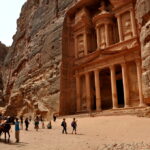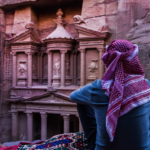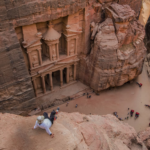
Jordan is a country rich in history, culture, and natural beauty, offering a diverse range of destinations to explore. Here are the top 20 destinations in Jordan:
- Petra: The ancient Rose City, known for its rock-cut architecture, is the crown jewel of Jordan’s historical sites.
- Wadi Rum: Also called the Valley of the Moon, it’s a stunning desert landscape with unique rock formations and a great place for adventure.
- Dead Sea: Float effortlessly in the hypersaline waters of the world’s lowest point, known for its healing properties.
- Amman: Jordan’s capital city offers a mix of modernity and history, including the Amman Citadel and Roman Theater.
- Jerash: Explore the well-preserved ruins of the ancient Roman city of Jerash, showcasing colonnaded streets, temples, and theaters.
- Madaba: Known as the City of Mosaics, it’s famous for its intricate mosaic artwork, including the Madaba Map.
- Mount Nebo: Biblical significance and panoramic views of the Holy Land make this site a must-visit.
- Aqaba: A coastal resort town on the Red Sea, offering water sports, diving, and access to beautiful coral reefs.
- Dana Biosphere Reserve: A protected area with diverse landscapes, ideal for hiking and bird-watching.
- Umm Qais: Ancient Gadara offers Roman ruins and panoramic views of the Sea of Galilee and the Golan Heights.
- Kerak Castle: A crusader-era fortress with a rich history and stunning views of the surrounding countryside.
- Shobak Castle: Another Crusader castle, strategically perched on a hill with historical significance.
- Qasr Amra: An Umayyad desert palace famous for its frescoes and historic importance.
- Little Petra: Often overlooked but equally fascinating, this archaeological site complements a visit to Petra.
- Azraq Wetland Reserve: A unique oasis in the desert, attracting migratory birds and offering nature trails.
- Mujib Nature Reserve: Known for its canyons and water trails, it’s a great spot for adventure seekers.
- The Baptism Site: Believed to be the spot where Jesus was baptized by John the Baptist on the Jordan River.
- The King’s Highway: A historic route through Jordan, passing by many of the country’s attractions.
- The Jordan Museum: Located in Amman, it showcases Jordan’s archaeological treasures and history.
- Ma’in Hot Springs: Natural hot springs nestled amidst beautiful scenery, perfect for relaxation.
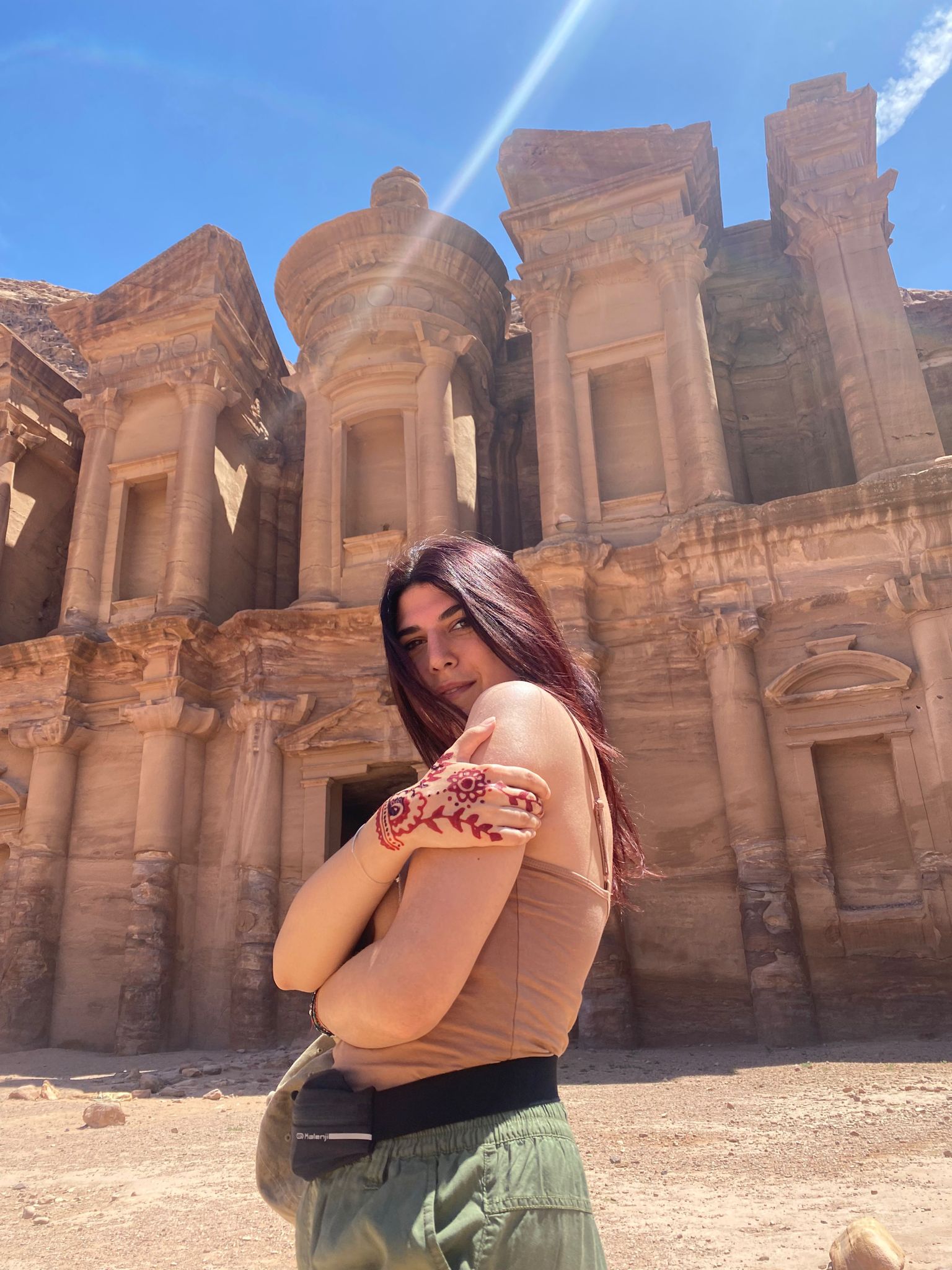
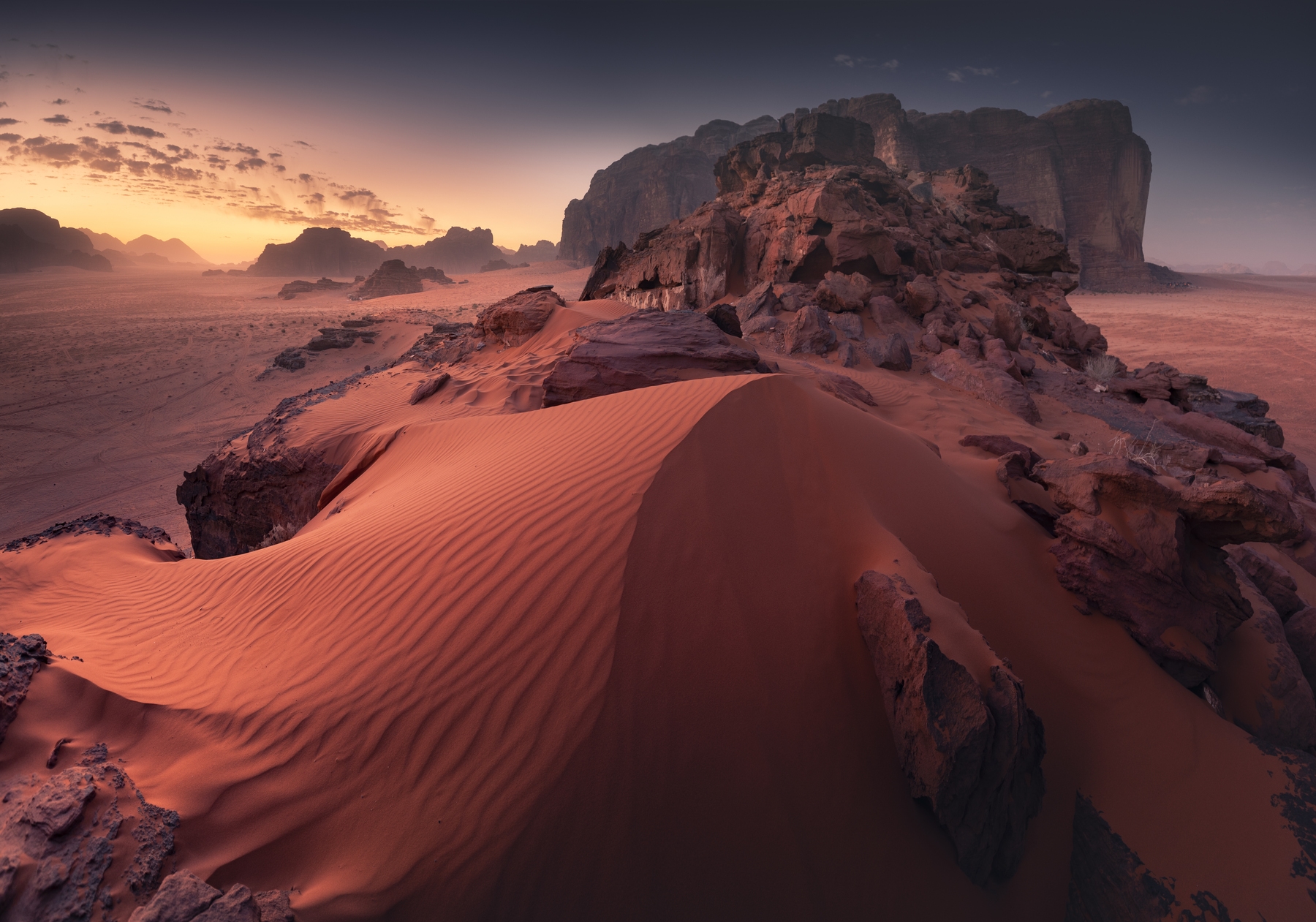
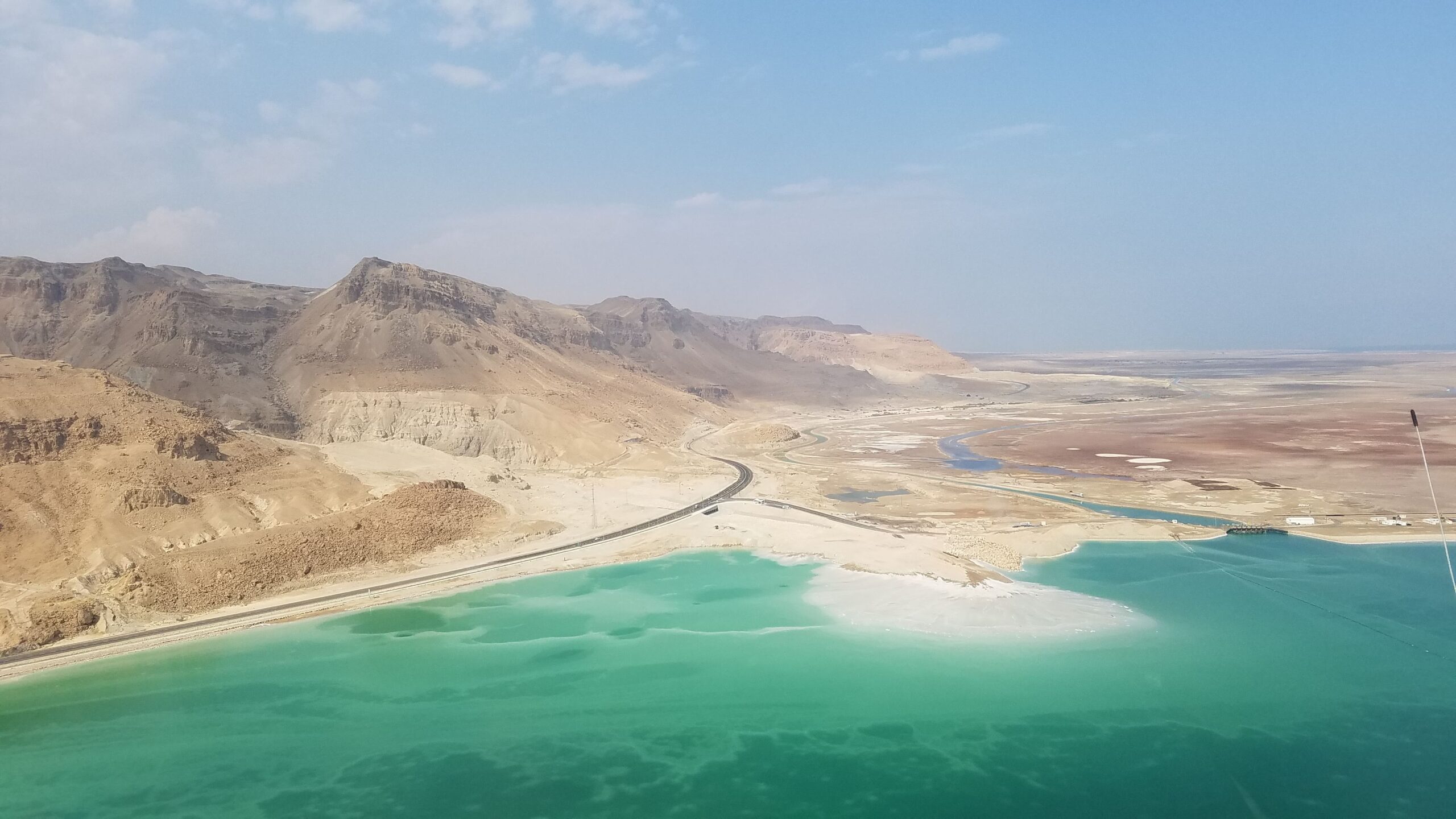
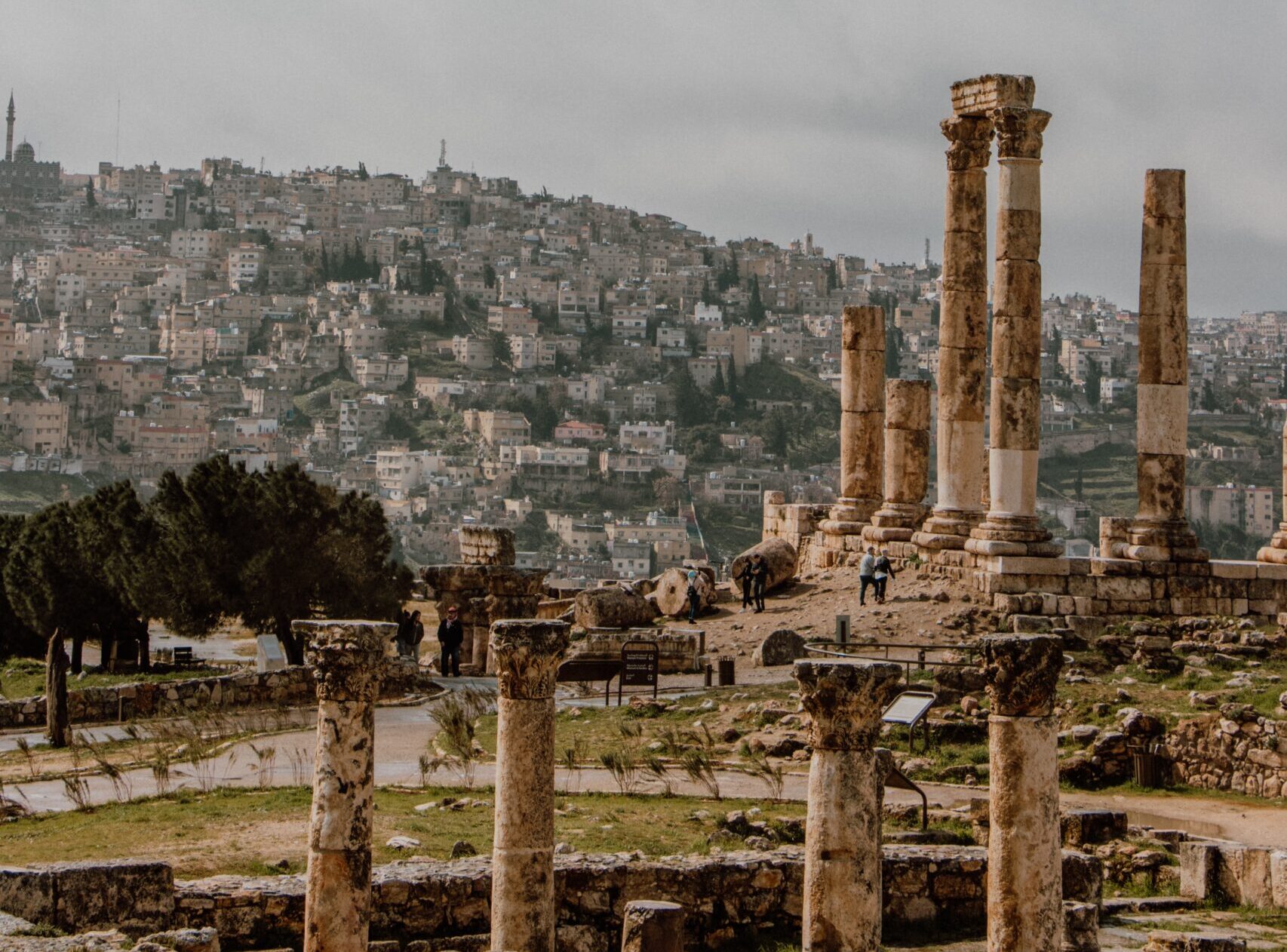
Jerash, also known as Gerasa in antiquity, is an ancient city located in modern-day Jordan. It was founded during the Hellenistic period, around the 4th century BCE. However, the city’s most significant period of construction and expansion occurred during the Roman era, particularly during the 1st century CE.
The Roman city of Jerash reached its zenith in the 2nd century CE and was known for its well-planned streets, impressive architecture, and grand public buildings, including theaters, temples, and colonnaded streets. Many of the ruins and structures you can see in Jerash today date back to this Roman period.
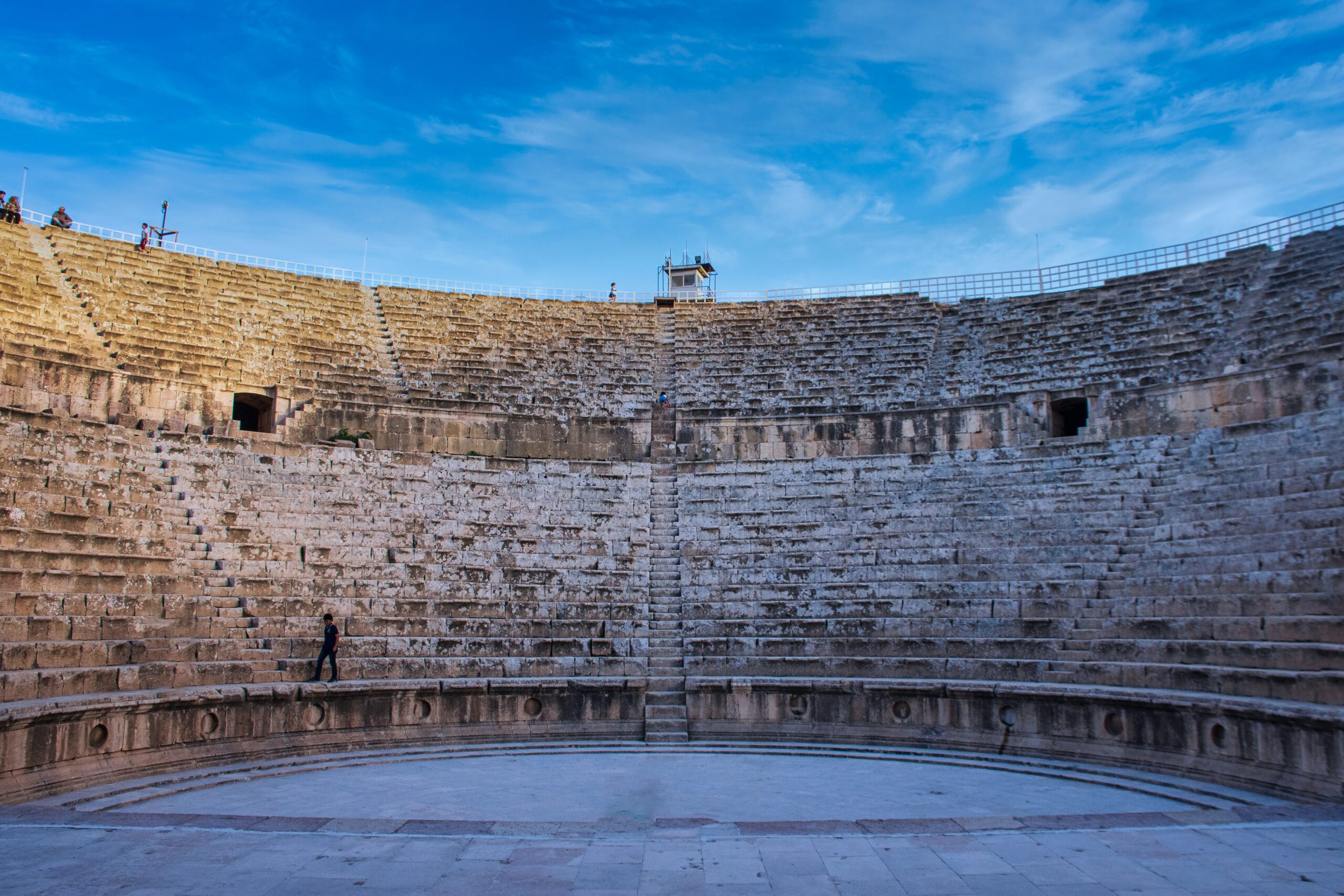
Jerash’s historical significance and well-preserved ruins make it one of the most important and popular archaeological sites in Jordan, showcasing the architectural and cultural heritage of the ancient Roman Empire in the region.
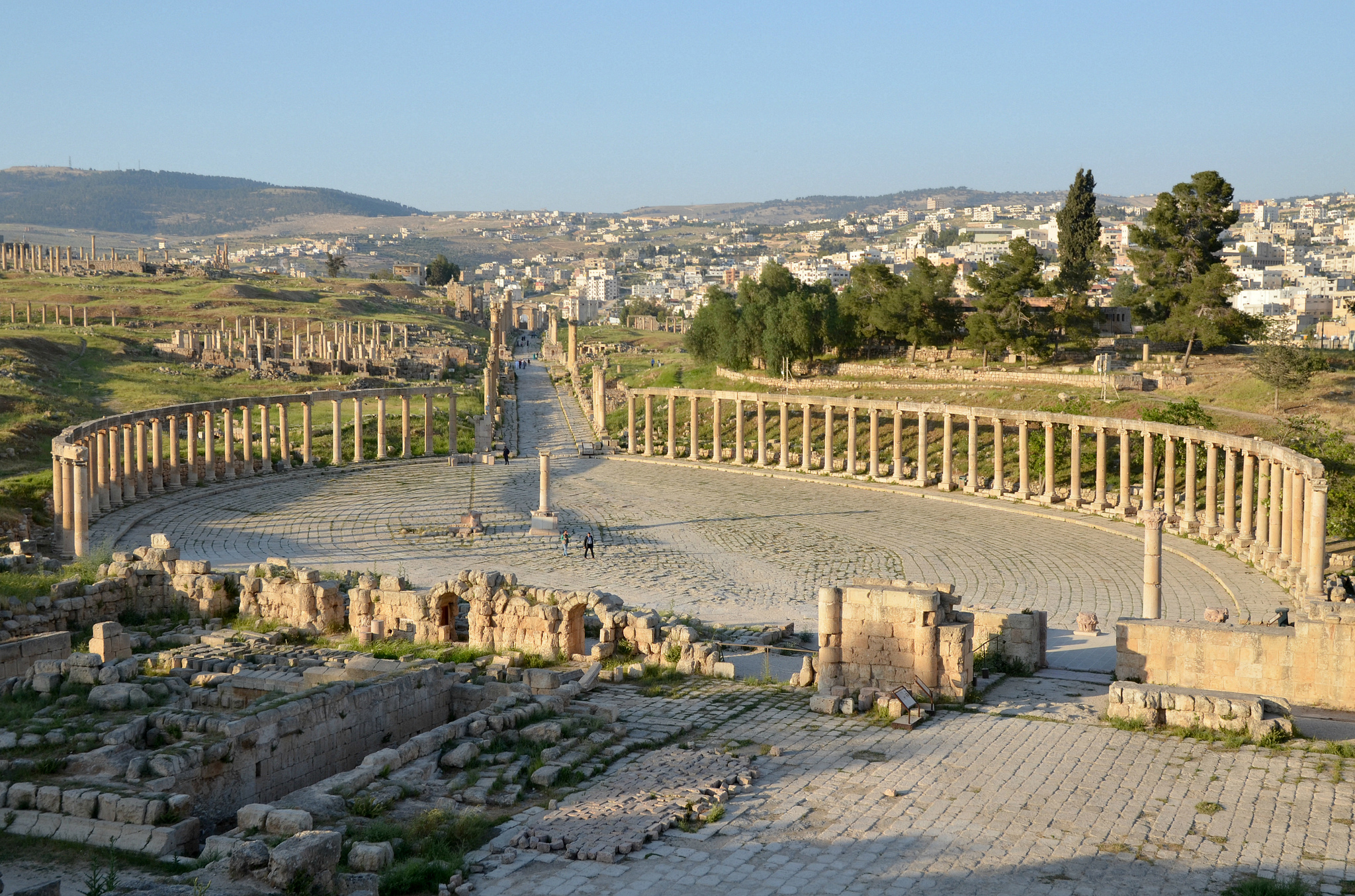
Jerash was flourished during the Greek, Hellenistic, Roman, and Byzantine periods until the mid-eighth century.
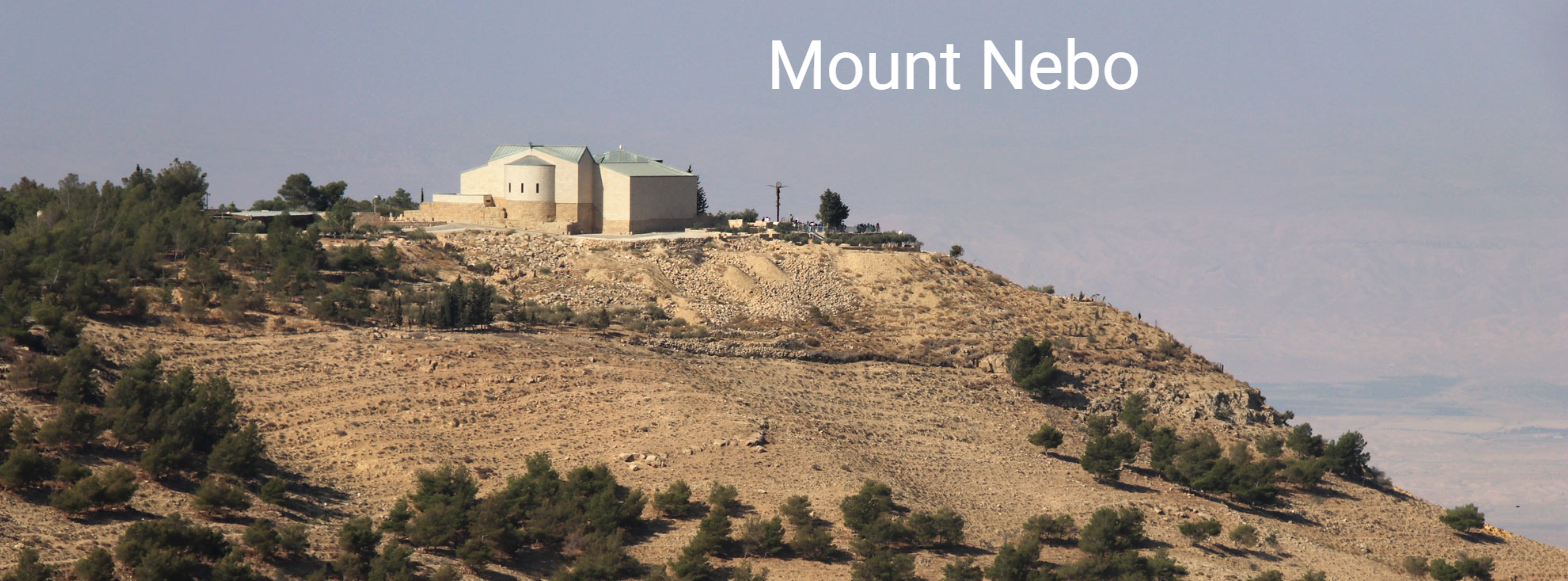
Aqaba’s combination of natural beauty, historical significance, and a range of activities makes it an appealing destination for a wide range of travelers, from adventure seekers to those looking for a relaxing beach getaway.
Water Sports: In addition to diving and snorkeling, Aqaba offers a range of water sports activities, including windsurfing, kitesurfing, and parasailing. The warm, calm waters of the Red Sea make it an ideal location for these activities.

Red Sea Paradise: Aqaba is situated on the shores of the Red Sea, making it a gateway to some of the world’s most pristine coral reefs. The underwater world here is teeming with vibrant marine life, making it a paradise for divers and snorkelers. The clear waters, colorful corals, and diverse fish species make it an unforgettable destination for underwater exploration.
The Dana Biosphere Reserve, often referred to as Dana Nature Reserve, is a remarkable and ecologically diverse protected area located in southern Jordan
- Flora and Fauna: The reserve is home to a rich and unique array of wildlife, including endangered species like the Nubian ibex and Arabian oryx. Birdwatchers can also spot numerous bird species, making it a haven for ornithologists.
- Dana Village: Within the reserve, you’ll find the charming village of Dana, which has been inhabited for thousands of years. The village offers a glimpse into traditional Jordanian life and provides accommodations for visitors.
- Hiking Trails: Dana Biosphere Reserve offers a network of hiking trails that cater to various levels of expertise. The trails take you through different terrains, offering stunning vistas of the surrounding landscapes.
- Biodiversity Conservation: The reserve plays a vital role in biodiversity conservation and environmental protection in Jordan. Efforts are made to safeguard the natural heritage of the region and promote sustainable eco-tourism.

Umm Qais, also known as Gadara in antiquity, is a historical and archaeological site located in the northern part of Jordan. Here’s an overview of Umm Qais:
- Location: Umm Qais is situated in the northwestern corner of Jordan, close to the borders of both Israel and Syria. It offers panoramic views of the Sea of Galilee, the Golan Heights, and the Yarmouk River Valley.
- Historical Significance: Umm Qais is renowned for its rich historical heritage. It was an ancient Greco-Roman city founded by the Macedonian General Alexander the Great and later developed by the Romans. It was a member of the Decapolis, a league of ten cities in the eastern part of the Roman Empire.
- Archaeological Site: Visitors to Umm Qais can explore extensive archaeological ruins, including well-preserved Roman theaters, temples, and streets. The most famous feature is the black basalt theater, which offers breathtaking views of the surrounding countryside.
- Roman Ruins: The city was known for its grand architecture and was a thriving Roman city during its heyday. You can still see the remains of structures like the Nymphaeum (fountain), the Basilica, and the Mausoleum.
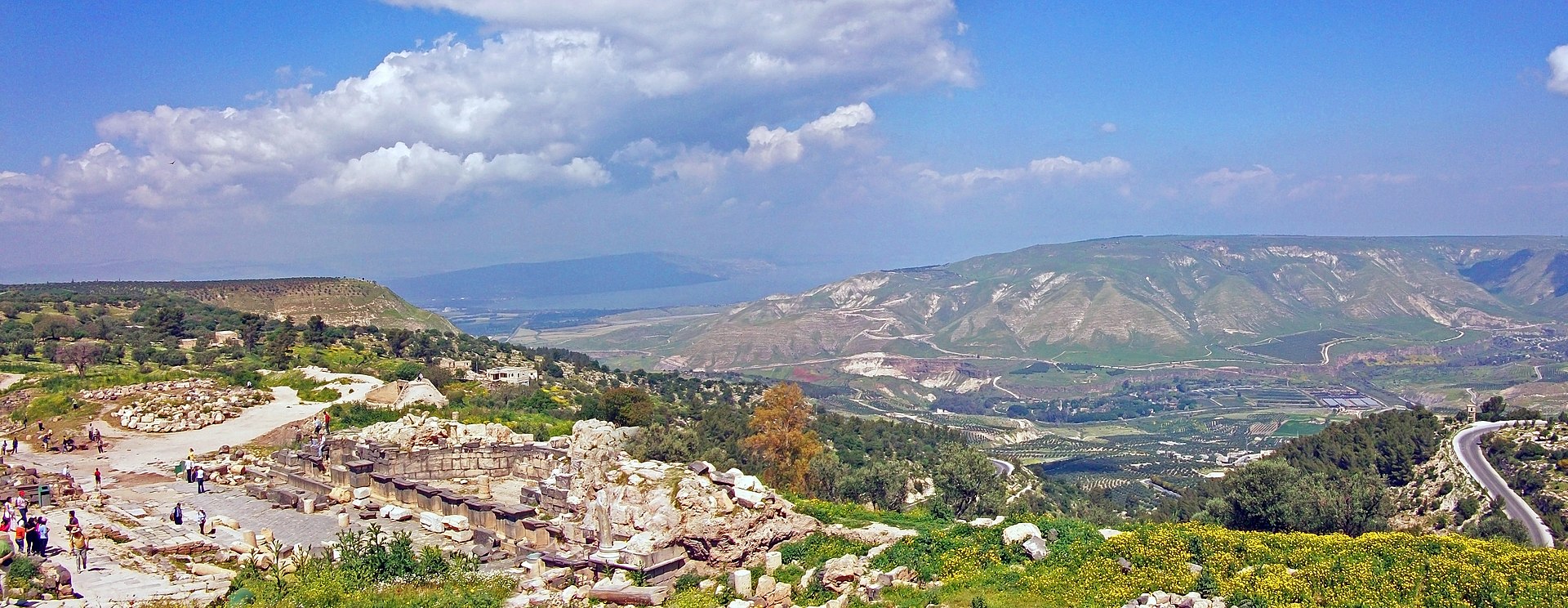
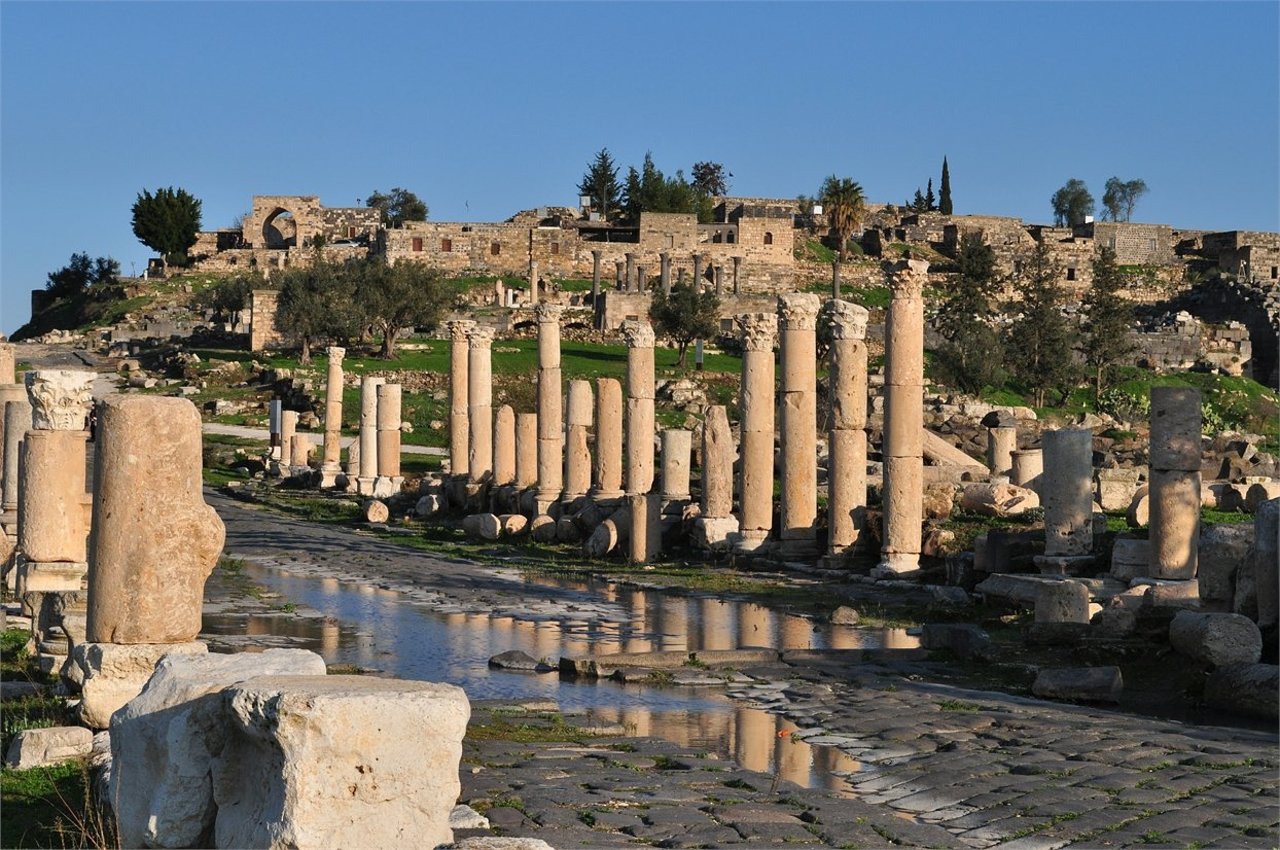
Kerak Castle, also known as Al-Karak Castle or simply Kerak, is a historic fortress located in the town of Al-Karak in southern Jordan. Here’s an overview of Kerak Castle:
- Location: Kerak Castle is strategically perched on a hill in the town of Al-Karak, which is about 124 kilometers (77 miles) south of Amman, Jordan’s capital. Its elevated location provides it with commanding views of the surrounding area.
- Historical Significance: The castle has a rich and storied history, dating back to the Crusader period in the 12th century. It was initially constructed by the Crusaders, specifically by King Baldwin I of Jerusalem, and served as a stronghold during the Crusades.
- Crusader Heritage: Kerak Castle is one of the largest and best-preserved Crusader castles in the region. Its impressive fortifications and architectural features are a testament to the military engineering skills of the time.
- Architecture: The castle is a massive structure built primarily from local limestone. It consists of multiple layers, including defensive walls, towers, and underground passages. The castle’s layout is designed to withstand sieges and attacks.
- Scenic Views: Visitors to Kerak Castle are treated to breathtaking panoramic views of the town of Al-Karak and the surrounding landscapes, including the Dead Sea in the distance.
- Museum: Within the castle complex, there is a small museum that showcases artifacts and historical information related to the castle’s history and the region.
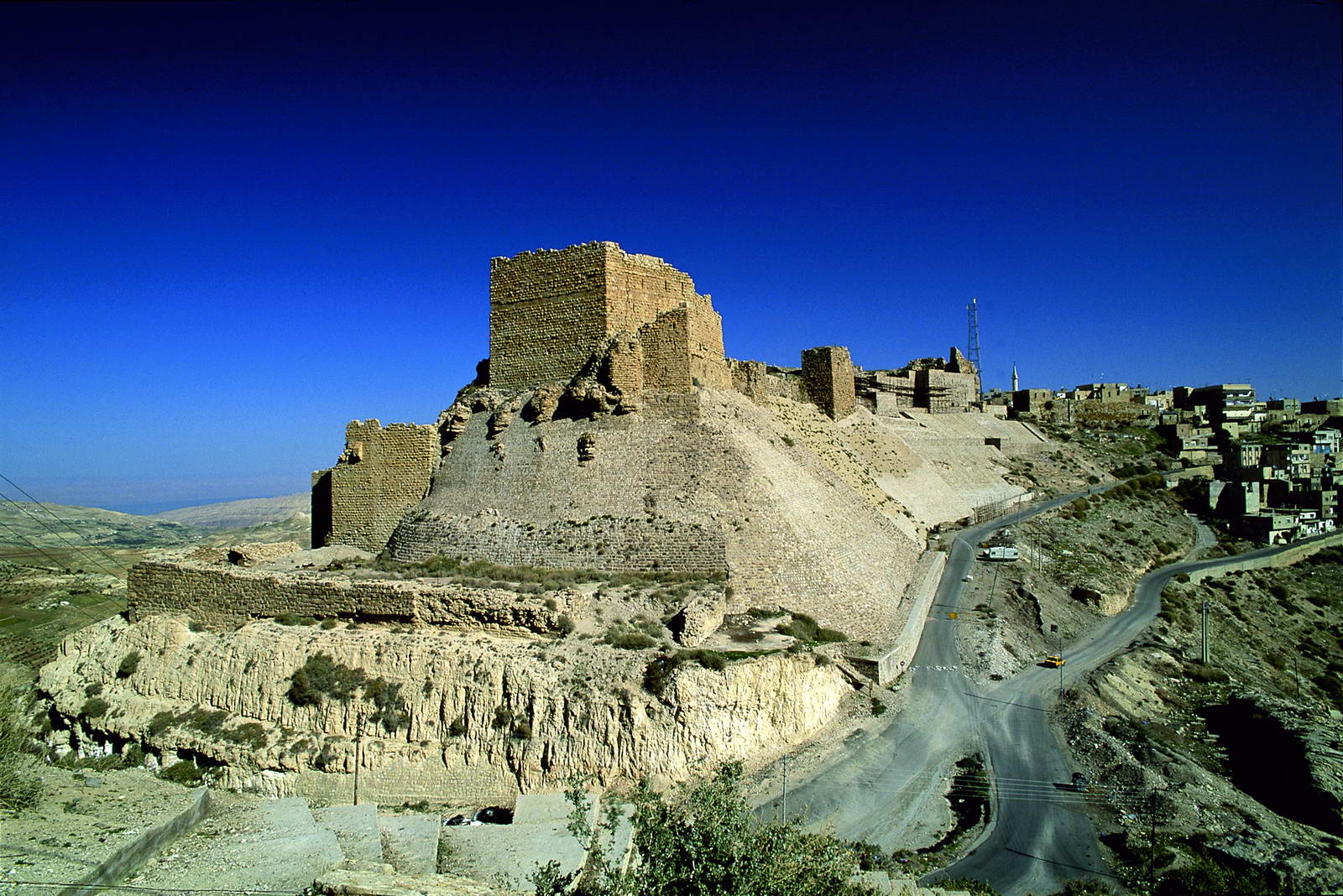
Shobak Castle, also known as Shobak Fortress or Montreal, is a historic Crusader castle located in southern Jordan. Here’s an overview of Shobak Castle:
- Location: Shobak Castle is situated in the town of Shobak, approximately 30 kilometers (19 miles) north of the city of Petra and around 160 kilometers (99 miles) south of Amman, Jordan’s capital.
- Historical Significance: Shobak Castle was constructed in the 12th century by the Crusaders, specifically by King Baldwin I of Jerusalem. It was one of several fortresses built by the Crusaders in the region as part of their efforts to control the Holy Land.
- Crusader Heritage: Like many Crusader castles, Shobak Castle is a testament to medieval military architecture. It was strategically positioned to oversee and control the surrounding territory.
- Architecture: The castle is constructed primarily from local limestone and features massive walls, towers, and defensive elements. It was designed to withstand sieges and attacks.
- Layout: Shobak Castle has a rectangular layout with a central courtyard and various chambers and passageways. Its architecture reflects both Crusader and Islamic influences.
- Scenic Views: The castle’s elevated location provides visitors with panoramic views of the surrounding desert landscapes and the nearby village of Shobak.
- Historical Significance: Shobak Castle played a role in the struggles for control of the Holy Land during the Crusader period. It changed hands several times before eventually falling to the Ayyubids.
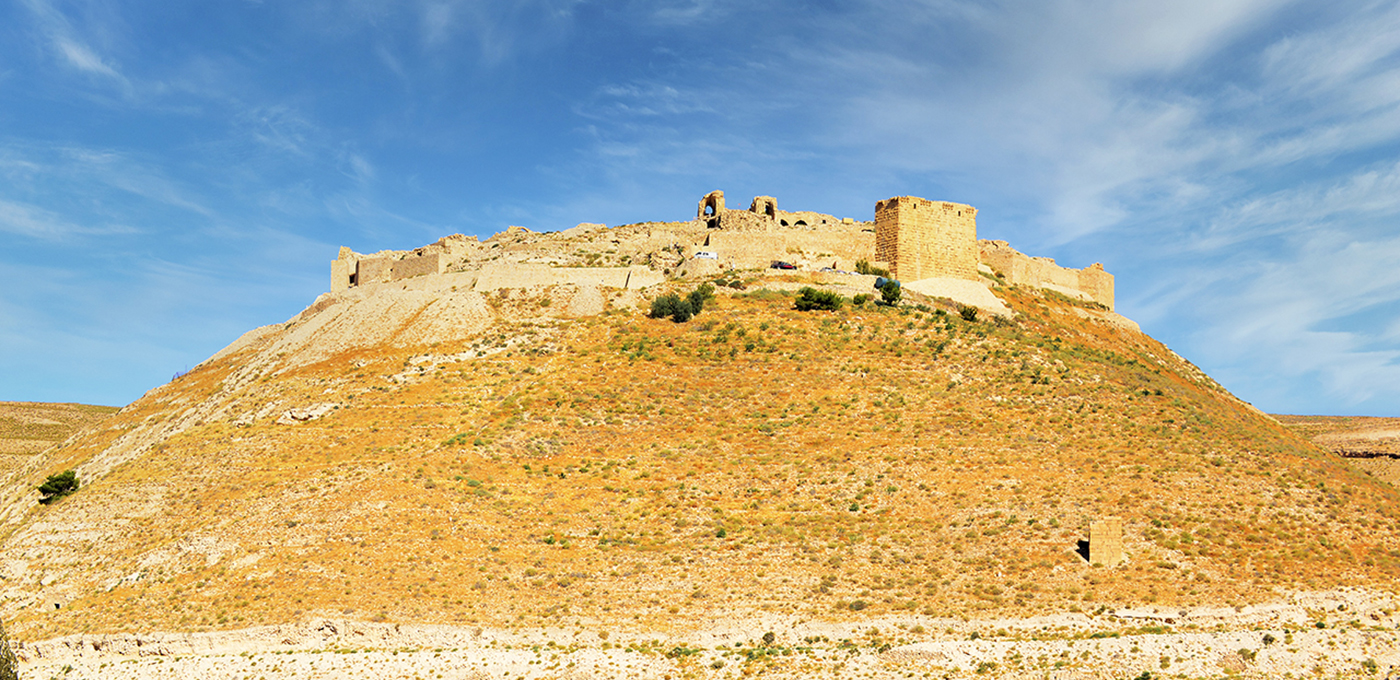
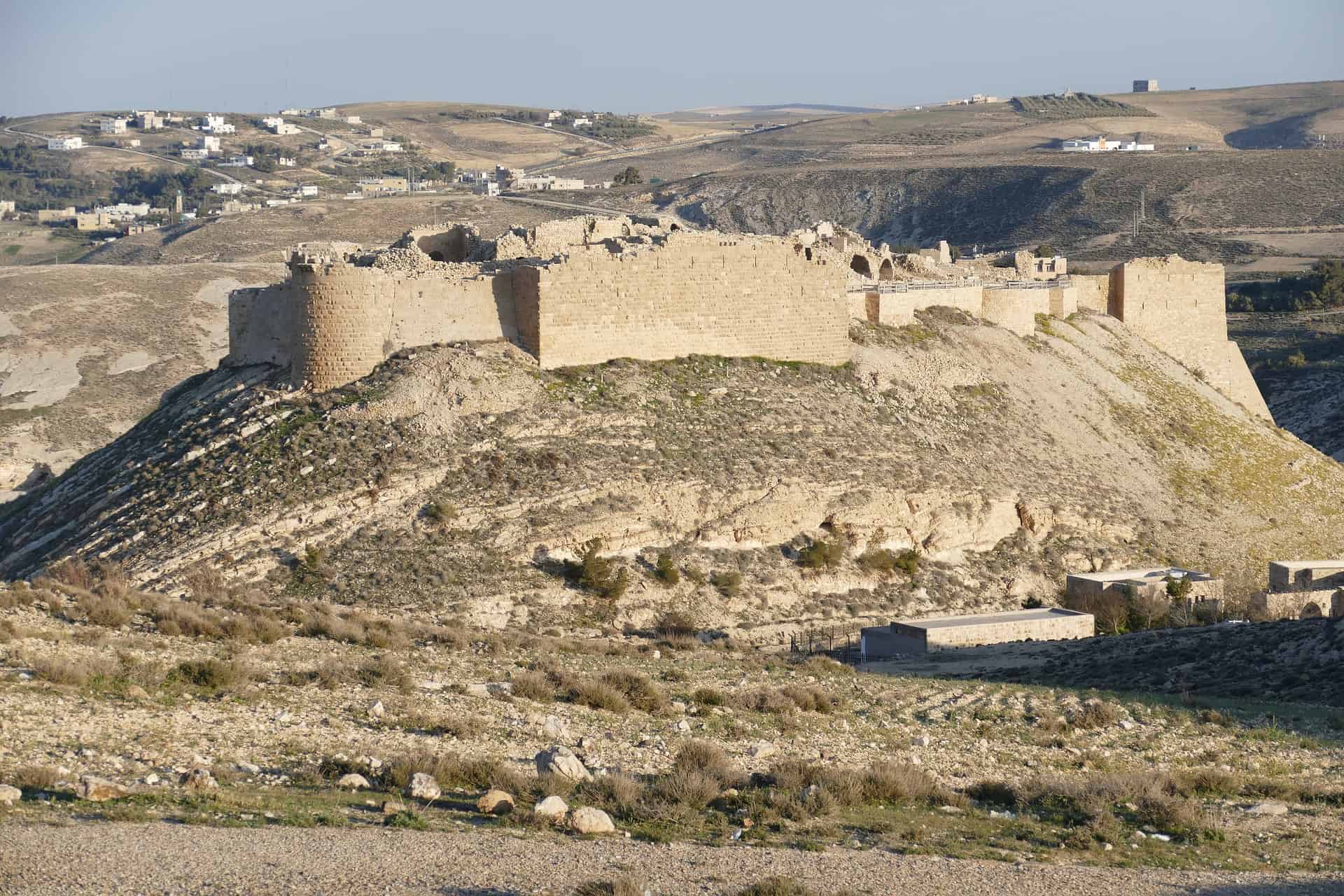
Qasr Amra, also known as Quseir Amra or Qasr al-Amra, is a UNESCO World Heritage Site located in the eastern desert of Jordan. Here’s an overview of Qasr Amra:
- Location: Qasr Amra is situated in the Zarqa Governorate of Jordan, approximately 85 kilometers (53 miles) east of Amman, the capital city. It is part of the wider Desert Castles of Jordan group, which includes several historic structures.
- Historical Significance: Qasr Amra is one of the most iconic and well-preserved examples of early Islamic art and architecture. It dates back to the early 8th century during the Umayyad Caliphate.
- Architectural Style: The structure is a small, square fortress-like building with a central courtyard. What makes Qasr Amra unique are its interior frescoes and murals, which cover the walls and ceilings. These frescoes depict a wide range of scenes, including hunting scenes, daily life, religious themes, and even portraits of rulers.
- Frescoes: The frescoes at Qasr Amra are renowned for their vivid colors and intricate details. They offer valuable insights into the cultural and artistic aspects of the Umayyad period.
- Historical Function: Qasr Amra is believed to have served multiple purposes. It likely functioned as a desert retreat, a hunting lodge, and potentially a bathhouse. Its combination of relaxation and practicality is reflected in its architecture.
- UNESCO World Heritage Site: In 1985, Qasr Amra was designated as a UNESCO World Heritage Site, recognizing its cultural and historical significance.
- Restoration Efforts: Over the years, Qasr Amra has undergone extensive restoration efforts to preserve its unique frescoes and architectural features. The site has been carefully maintained to ensure its longevity.
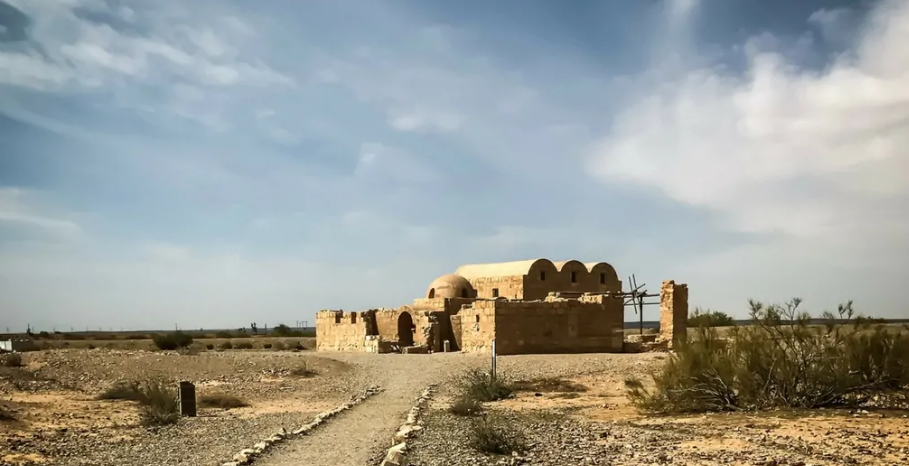
Little Petra, also known as Siq al-Barid, is an archaeological site located in southern Jordan, not far from the famous ancient city of Petra. Here’s an overview of Little Petra:
- Location: Little Petra is situated approximately 9 kilometers (5.5 miles) north of the main archaeological site of Petra, in the Wadi Musa region of southern Jordan. It is often considered an extension of the Petra archaeological complex.
- Historical Significance: Little Petra served as a satellite suburb or caravanserai to the larger Petra during ancient times. It is believed to have been a trading and resting place for caravans traveling along the Incense Route, which connected the Arabian Peninsula to the Mediterranean.
- Siq al-Barid: The name “Siq al-Barid” translates to “Cold Canyon” or “Cold Siq,” referring to the cooler temperatures in this narrow canyon-like area compared to the surrounding desert. It is often called “Little Petra” due to its architectural resemblance to Petra itself.
- Nabatean Architecture: Like Petra, Little Petra showcases remarkable Nabatean architecture. Visitors can explore rock-cut structures, facades, chambers, and even a small theater, all carved into the rose-red sandstone cliffs.
- Painted Frescoes: Little Petra is known for its colorful frescoes and paintings on the walls of some of its buildings. These paintings depict various scenes, including animals, humans, and mythical creatures, offering insights into the artistic tastes of the Nabateans.
- Trade Hub: Little Petra played a crucial role in facilitating trade along the Incense Route, which transported valuable goods such as spices, perfumes, and incense from southern Arabia to the Mediterranean markets.
- Visitor Experience: Today, Little Petra is open to tourists, and visitors can explore the site on foot. The main attraction is the narrow canyon with its rock-cut structures, including a triclinium (a dining room), a residence, and other chambers.
- Scenic Beauty: The surrounding desert landscapes add to the allure of Little Petra. The area is particularly striking during sunrise and sunset when the sandstone cliffs take on hues of red and gold.
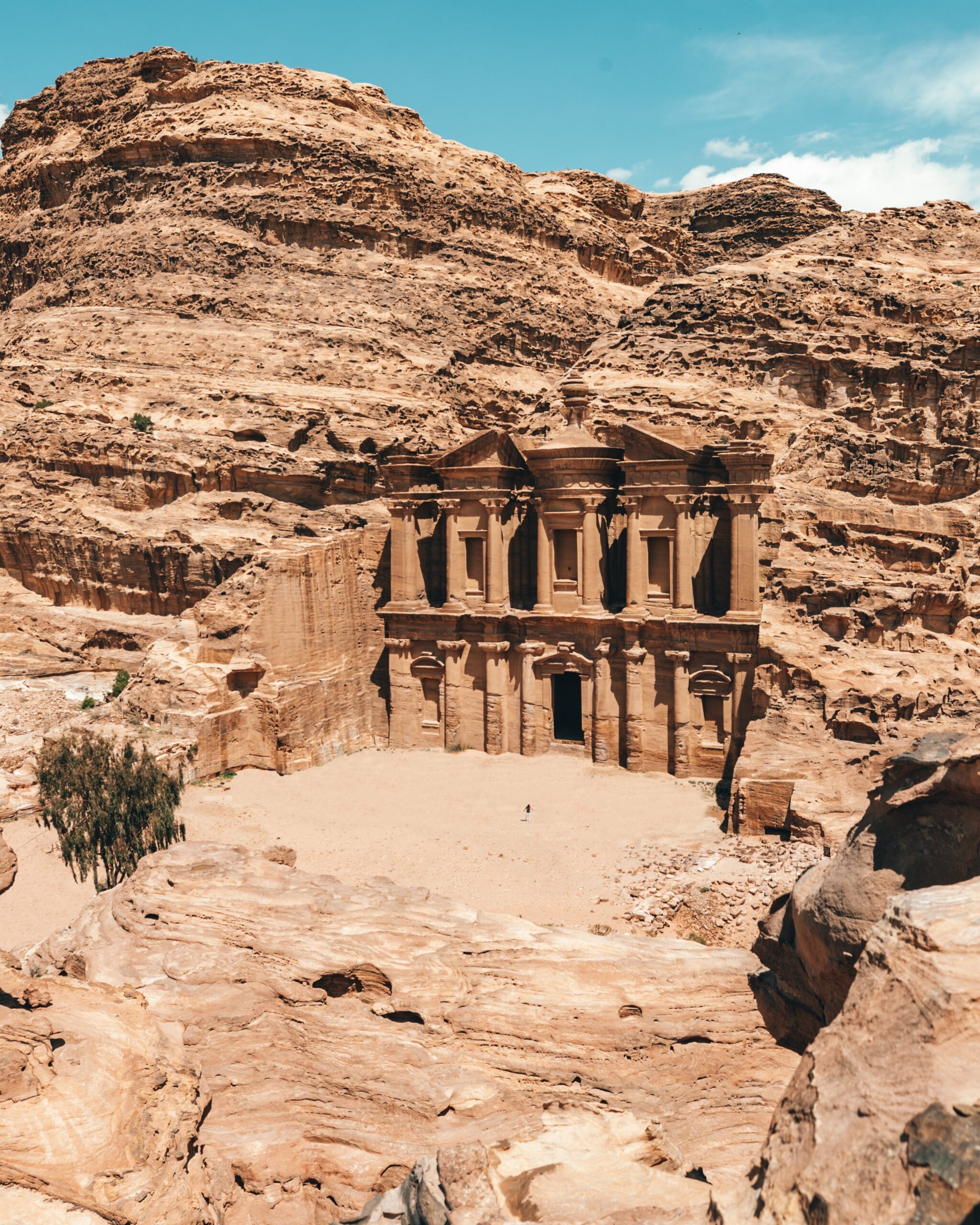
The Azraq Wetland Reserve is a unique and captivating natural oasis located in the heart of the eastern desert of Jordan. This protected area covers approximately 12 square kilometers and is known for its ecological significance and serene beauty. Here’s a description of the Azraq Wetland Reserve:
- Historical Significance: The Azraq Wetland Reserve has a rich history, with its name “Azraq” meaning “blue” in Arabic, reflecting the color of the oasis’s waters. It has served as a vital watering hole for travelers and caravans for centuries, including the famous Lawrence of Arabia during World War I.
- Diverse Ecosystems: Despite being in a desert environment, the Azraq Wetland Reserve is a lush, green paradise with a mosaic of habitats. It includes marshes, pools, reed beds, and mudflats, making it a vital refuge for numerous bird species, including migratory birds.
- Bird Watching: The reserve is a haven for bird enthusiasts, with over 100 bird species documented here. It’s particularly renowned for its role in hosting migratory birds that pass through during their seasonal journeys. Birdwatchers can spot species like herons, bitterns, warblers, and even the rare Basra Reed Warbler.
- Wildlife: Besides birds, the wetland supports various other wildlife, including amphibians, reptiles, and mammals. Visitors may encounter animals like water buffalo, which were introduced to help maintain the wetland’s balance.
- Nature Trails: The Azraq Wetland Reserve offers well-marked walking trails that allow visitors to explore the area’s natural beauty. The trails take you through diverse habitats and provide excellent opportunities for birdwatching and photography.
- Visitor Center: There is a visitor center at the reserve that provides information about the area’s ecology, wildlife, and conservation efforts. It’s a great place to start your visit and learn more about the wetland’s significance.
- Conservation Efforts: Azraq Wetland Reserve plays a vital role in Jordan’s conservation efforts. It has been designated as a Ramsar Wetland of International Importance and is managed by the Royal Society for the Conservation of Nature (RSCN). Conservation initiatives here focus on preserving this unique habitat and ensuring its sustainability.
- Scenic Beauty: The lush greenery of the reserve, combined with the surrounding desert landscape, creates a stunning contrast that is visually captivating. The natural beauty and tranquility of the wetland make it a peaceful retreat for visitors.
The Azraq Wetland Reserve provides a stark contrast to the arid deserts of Jordan and is a testament to the country’s commitment to preserving its natural heritage. It’s a place where visitors can connect with nature, observe diverse wildlife, and appreciate the importance of conservation efforts in the region.
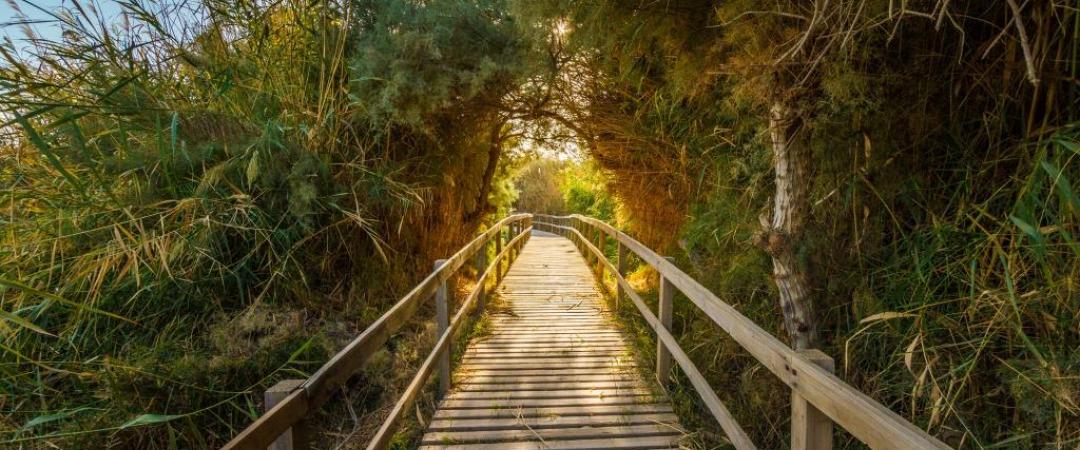
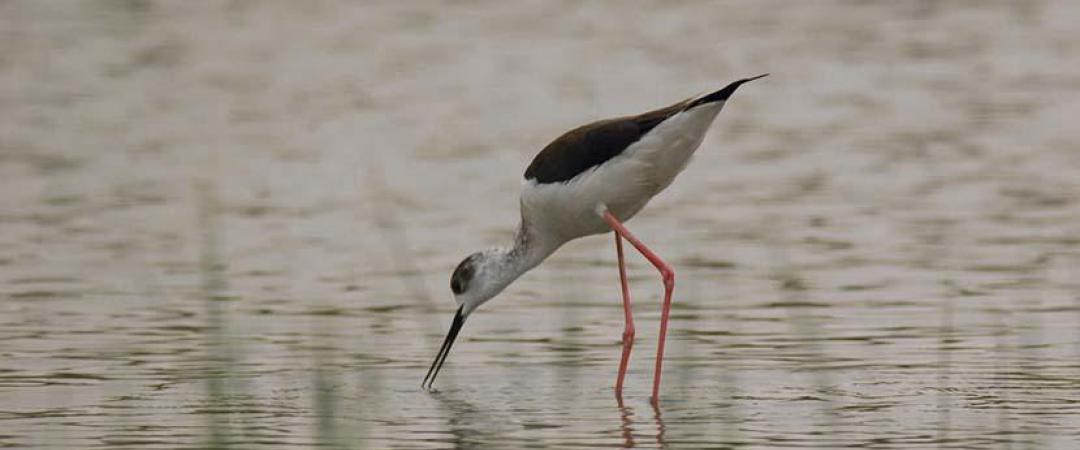
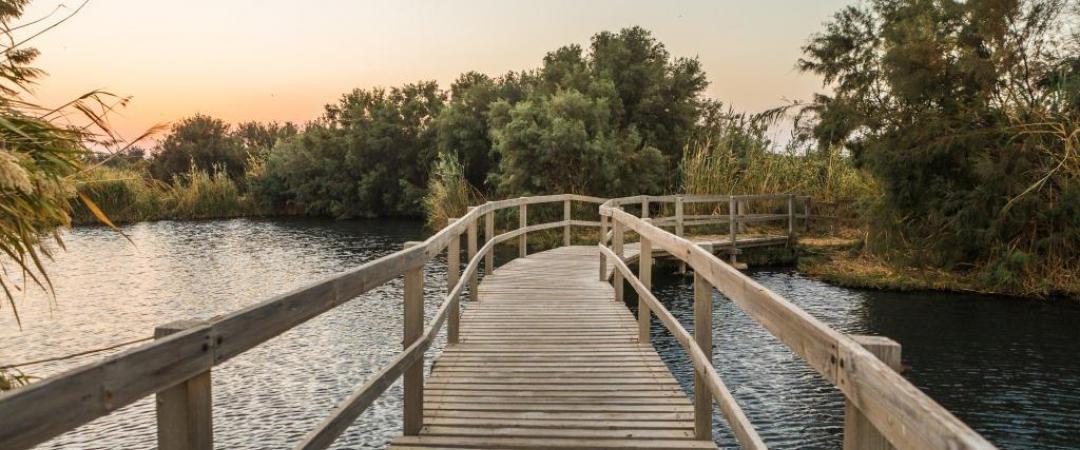
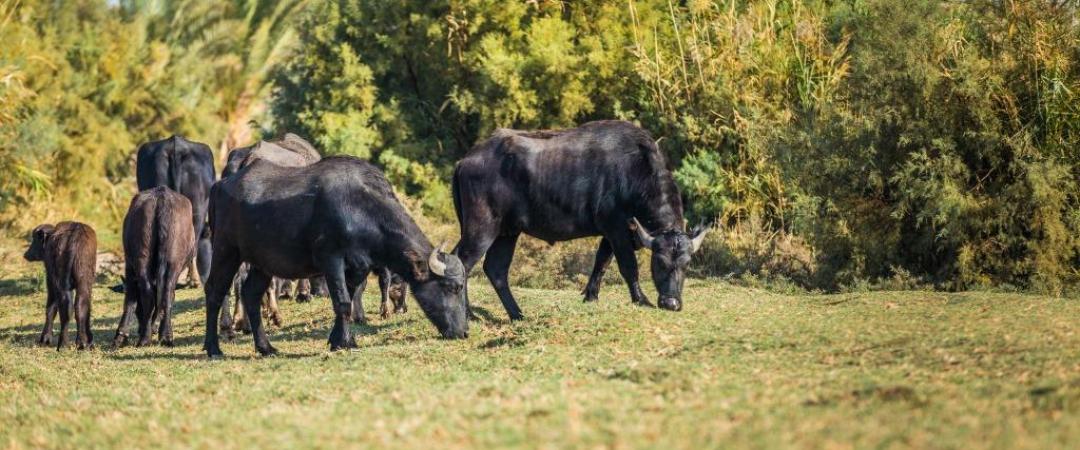


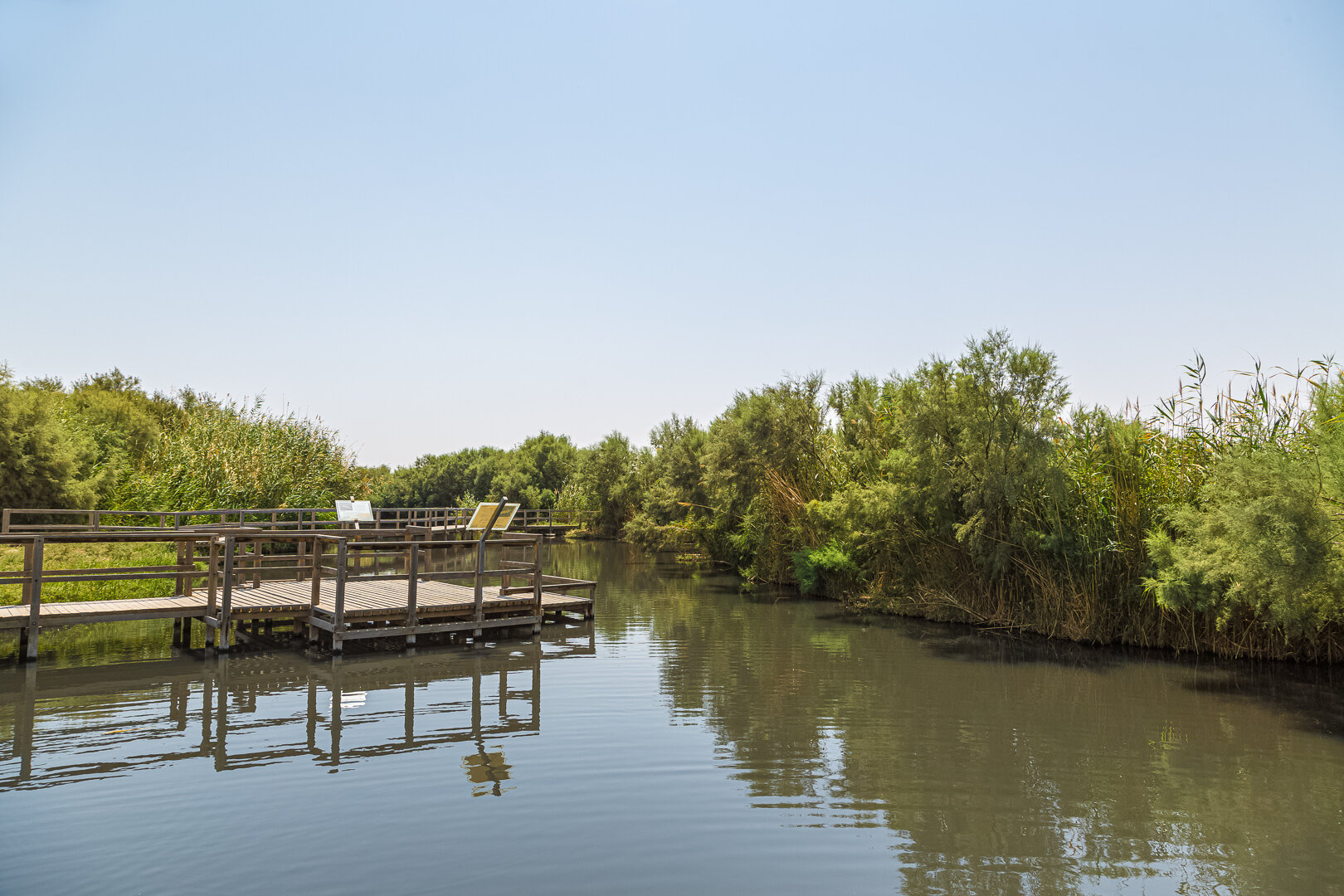

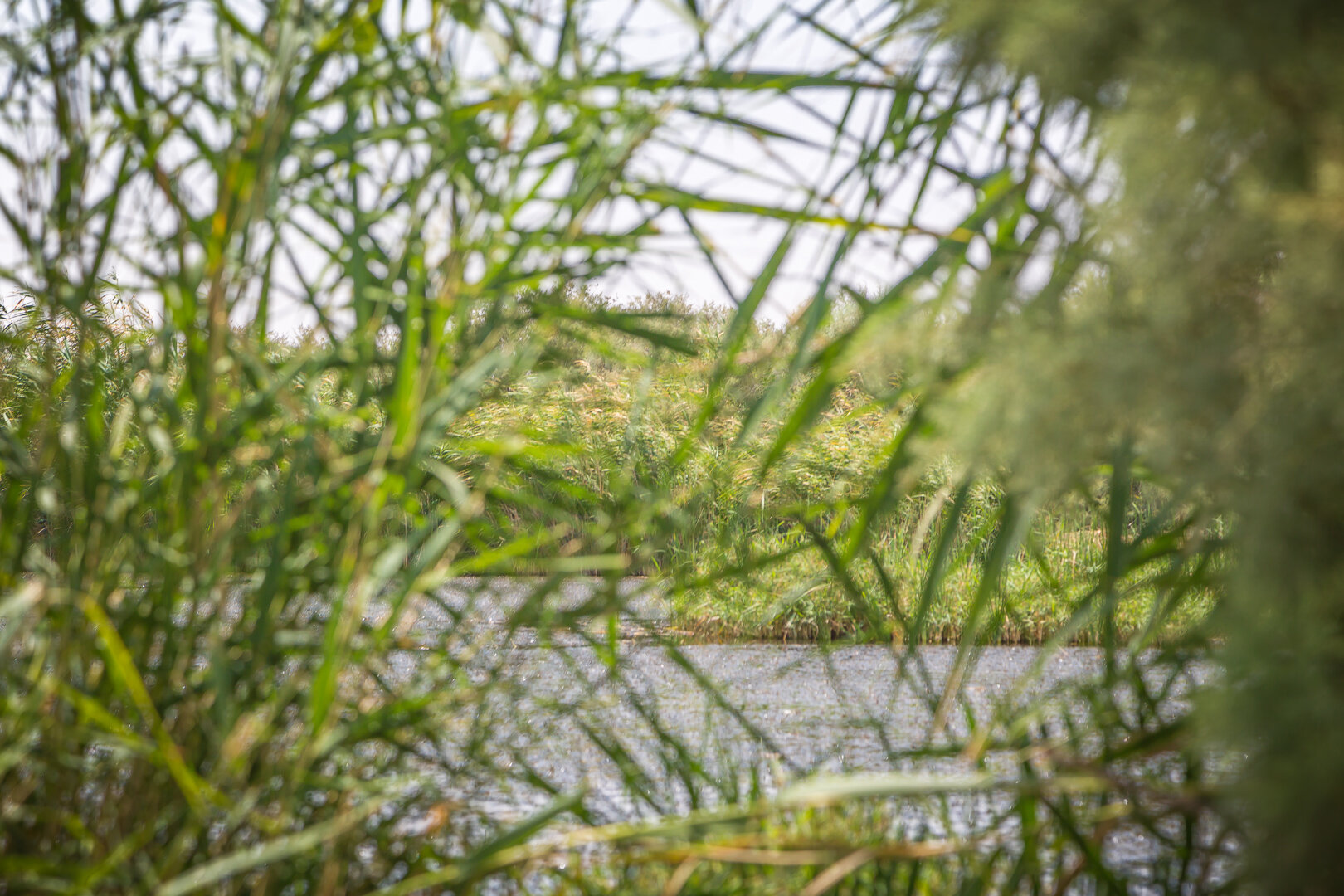
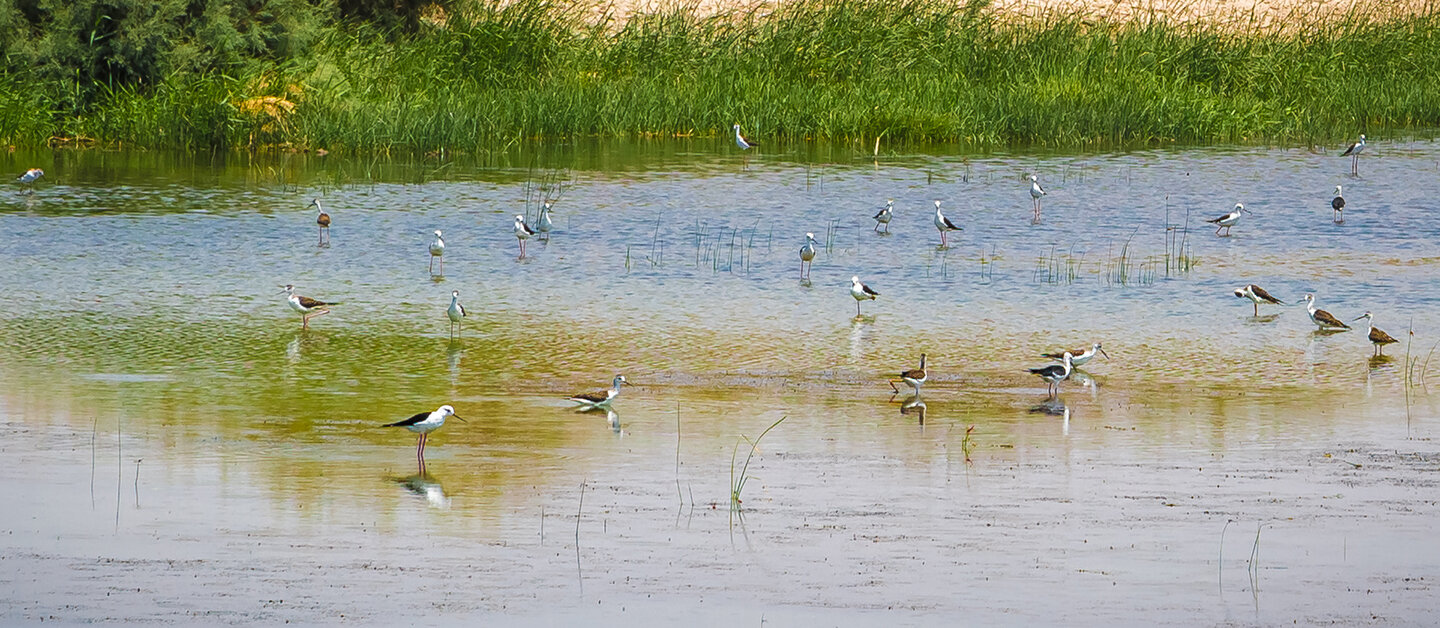
The Mujib Nature Reserve, also known as Wadi Mujib, is a breathtaking and ecologically significant protected area located in the mountainous regions of southern Jordan, near the eastern shore of the Dead Sea. Here’s an overview of the Mujib Nature Reserve:
- Location: The Mujib Nature Reserve is situated in the Wadi Mujib canyon, which is part of the Mujib Biosphere Reserve. It covers an area of approximately 220 square kilometers (85 square miles) and extends from the Dead Sea to the Kerak highlands.
- Ecological Diversity: The reserve is characterized by a wide range of ecosystems and landscapes, including deep canyons, freshwater streams, towering cliffs, and arid desert regions. This diversity contributes to its status as a biosphere reserve.
- Wildlife: Mujib is home to various species of wildlife, including Nubian ibex, caracals, wildcats, and a variety of bird species. Birdwatchers and wildlife enthusiasts are drawn to the reserve for the opportunity to spot these animals.
- Adventure Activities: One of the main attractions of the Mujib Nature Reserve is its adventure activities. Visitors can embark on canyoning adventures, which involve wading, swimming, and hiking through the Wadi Mujib canyon. The canyoning routes vary in difficulty, making them accessible to a range of skill levels.
- Siq Trail: The most popular canyoning trail in Mujib is the Siq Trail. It takes hikers through the narrow and winding Siq, where they can enjoy the beauty of the canyon walls and flowing water. This trail is suitable for beginners and offers a refreshing and exhilarating experience.
- Ibex Trail: For more experienced hikers, the Ibex Trail provides a challenging adventure. It leads to higher elevations, offering spectacular views of the canyon and surrounding landscapes.
- Scenic Beauty: The reserve’s dramatic landscapes, with deep canyons, rocky terrain, and flowing water, create a picturesque backdrop for outdoor enthusiasts and photographers.
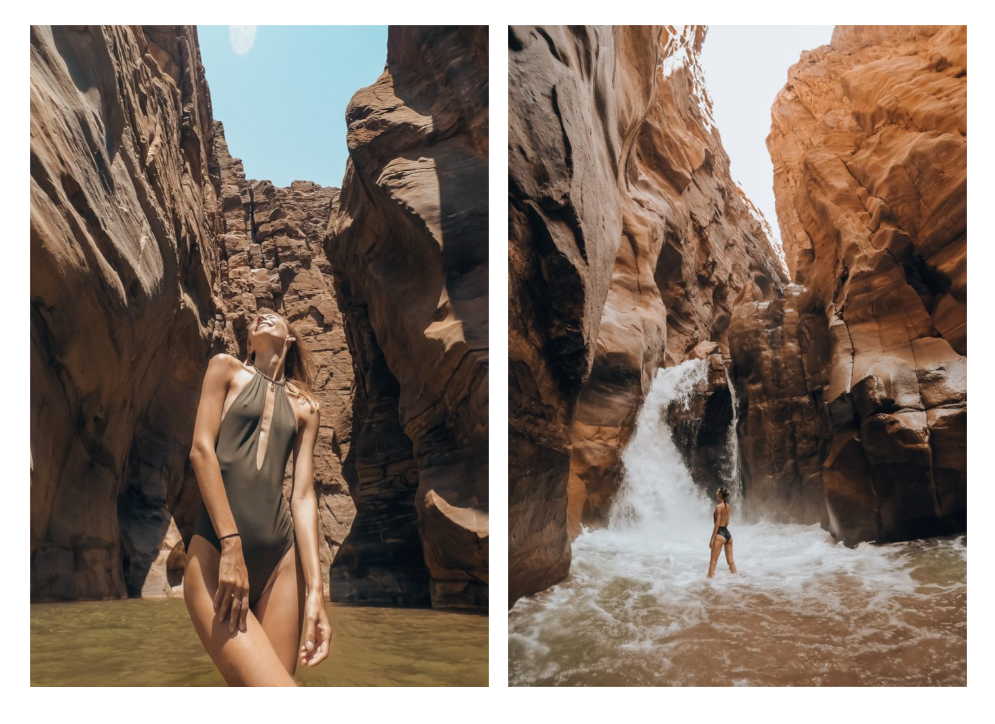
The Baptism Site in Jordan, also known as Bethany Beyond the Jordan, holds great historical and religious significance as the traditional location where Jesus Christ was baptized by John the Baptist. Here’s an overview of The Baptism Site:
- Location: The Baptism Site is located on the eastern bank of the Jordan River, near the northern tip of the Dead Sea, in the Hashemite Kingdom of Jordan. It is situated in the Jordan Valley, approximately 9 kilometers (5.6 miles) north of the Dead Sea and about 40 kilometers (25 miles) west of Amman, Jordan’s capital city.
- Biblical Significance: The Baptism Site is closely associated with the biblical account of Jesus’ baptism. According to Christian tradition, this is where John the Baptist baptized Jesus in the Jordan River. It is considered one of the most important Christian pilgrimage sites in the world.
- UNESCO World Heritage: In 2015, The Baptism Site was designated as a UNESCO World Heritage Site in recognition of its historical and religious importance.
- Archaeological Discoveries: Excavations at the site have revealed ancient churches, baptismal pools, and other structures dating back to the Byzantine and early Christian periods. These archaeological findings provide insights into the history of Christian worship at this location.
- Modern Pilgrimage Site: Today, The Baptism Site is a significant pilgrimage destination for Christians from around the world who come to visit the place where Jesus is believed to have been baptized. Pilgrims often participate in prayer services, baptisms, and religious rituals.
- Jordan River: Visitors can access the Jordan River and immerse themselves in its waters as part of a spiritual experience or baptism ceremony. The riverbanks provide a peaceful and serene atmosphere for reflection and worship.
- Memorial and Churches: The site features a memorial complex, which includes several churches and chapels built by various Christian denominations. These churches serve as places of worship and offer information about the history and significance of the site.
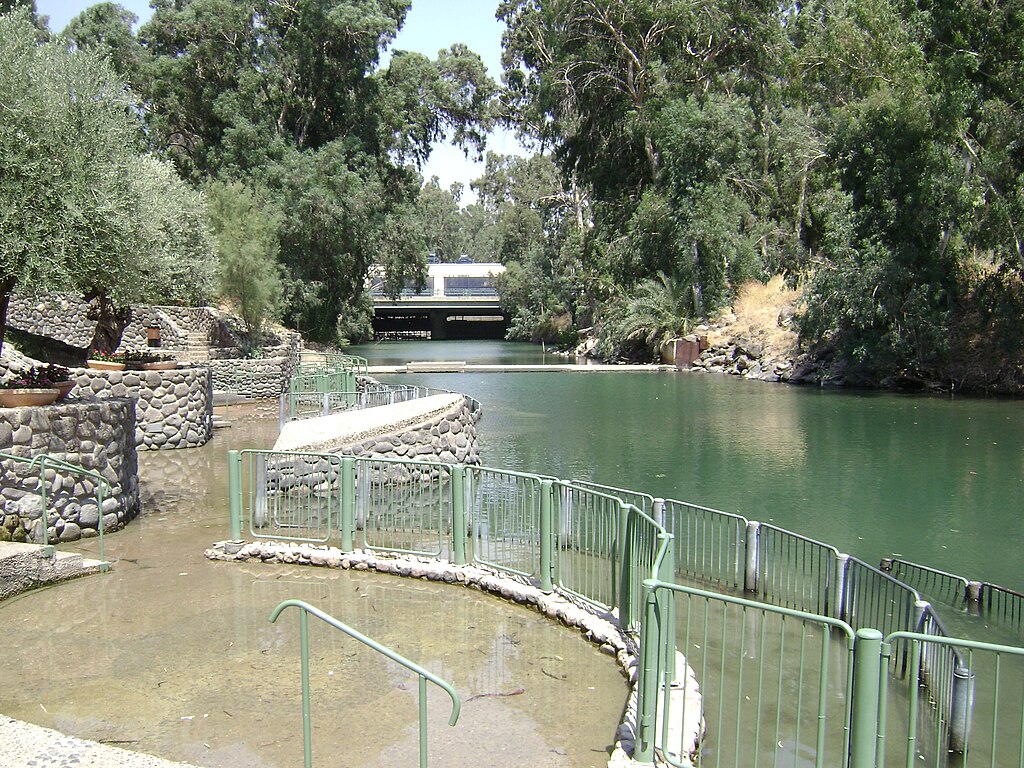
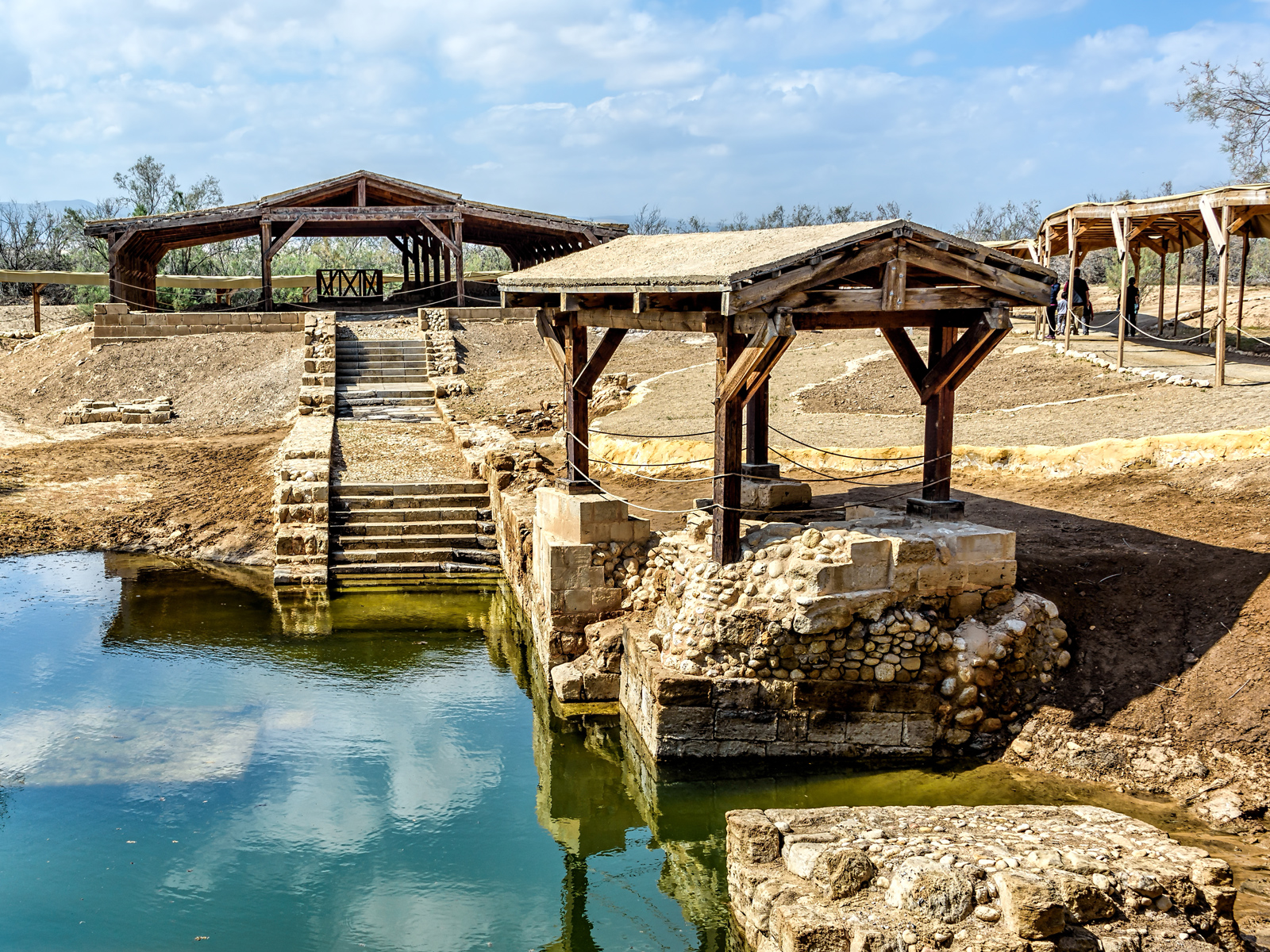

The King’s Highway is a historic road in Jordan that follows an ancient trade route of great historical and cultural significance. Here’s an overview of The King’s Highway in Jordan:
- Historical Importance: The King’s Highway has a rich history that dates back to ancient times. It was part of a network of trade routes used by various civilizations, including the Nabateans, Egyptians, Israelites, and Romans. It was also mentioned in the Bible.
- Route: The King’s Highway spans from the northern tip of Jordan near the border with Syria, down to the southern city of Aqaba on the Red Sea coast. It passes through diverse landscapes, including mountains, valleys, and desert regions.
- Scenic Beauty: Traveling along the King’s Highway offers breathtaking views of Jordan’s varied terrain, including rugged canyons, lush oases, and historical sites. The route provides opportunities for travelers to appreciate the natural beauty of the country.
- Archaeological Sites: Along the King’s Highway, you’ll find numerous archaeological sites and historical landmarks. These include the ancient cities of Umm Qais (Gadara), Madaba, and Kerak, each with its own unique historical significance.
- Cultural Heritage: The road is lined with small towns and villages, allowing travelers to experience Jordanian culture and hospitality. You can also find handicrafts, local markets, and traditional cuisine along the route.
- Religious Sites: The King’s Highway passes by or near several religious sites, including the alleged burial site of the biblical prophet Aaron on Mount Hor and the possible location of the Israelites’ crossing of the Jordan River.
- Adventure Opportunities: The route provides opportunities for adventure activities such as hiking, trekking, and exploring the natural wonders of Jordan, including canyons and hot springs.
- Historical Monuments: Travelers can explore historical monuments like Shobak Castle and Karak Castle, which were strategically positioned along the route during the Crusader period.
- Conservation and Preservation: Efforts have been made to preserve the historical and cultural heritage of the King’s Highway, making it a part of Jordan’s national heritage.
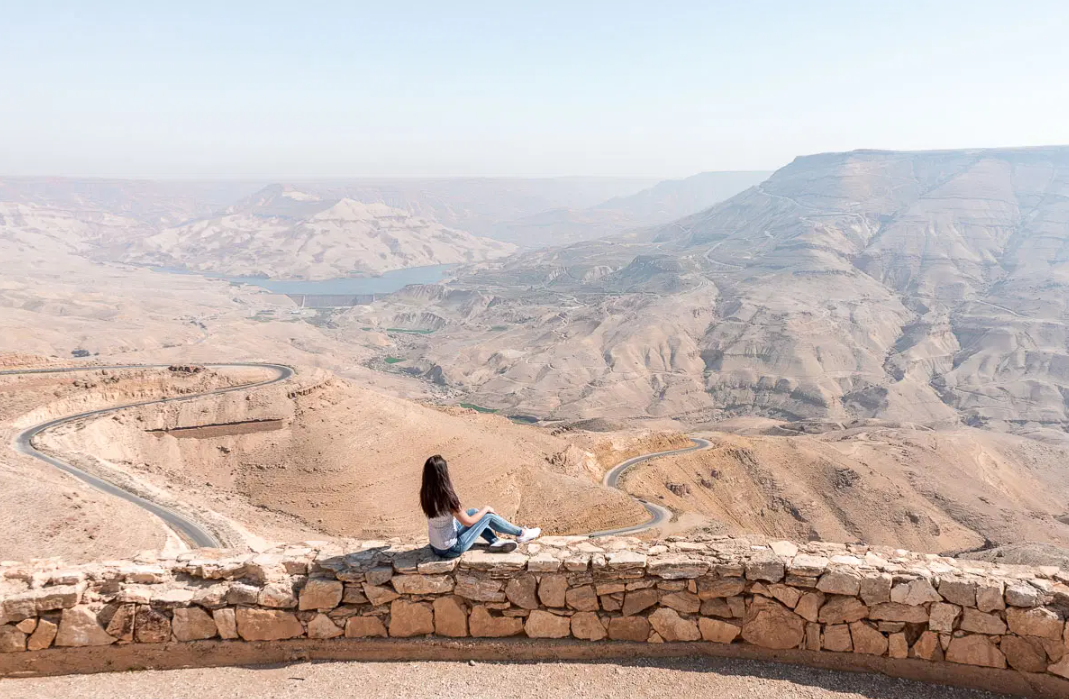
The Jordan Museum is a prominent cultural institution located in the capital city of Amman, Jordan. It serves as the country’s national museum and is dedicated to preserving, showcasing, and educating visitors about Jordan’s rich history, archaeology, and cultural heritage. Here’s an overview of The Jordan Museum:
- Location: The Jordan Museum is situated in the Ras Al Ain district of Amman, near the downtown area. Its strategic location makes it easily accessible to both locals and tourists.
- Historical Significance: The museum was established to house and display Jordan’s historical artifacts and archaeological treasures, many of which are of immense historical and cultural significance. It offers valuable insights into Jordan’s past, from prehistoric times to the modern era.
- Archaeological Collections: The Jordan Museum boasts a wide range of archaeological collections that highlight the country’s diverse history. Visitors can explore exhibits on various historical periods, including the Paleolithic, Neolithic, Bronze Age, Iron Age, Nabatean, Roman, Byzantine, Islamic, and contemporary eras.
- The Dead Sea Scrolls: One of the most renowned attractions at The Jordan Museum is the display of fragments from the Dead Sea Scrolls. These ancient religious texts were discovered in the caves of Qumran, near the Dead Sea, and hold immense significance for the study of Judaism and Christianity.
- Treasures of Petra: The museum features an exhibit dedicated to the archaeological discoveries and cultural heritage of Petra, Jordan’s famous ancient city. Visitors can see artifacts and learn about the history and significance of Petra, a UNESCO World Heritage Site.
- Interactive Exhibits: The Jordan Museum offers interactive displays and multimedia presentations that engage visitors and enhance their understanding of Jordan’s history and heritage.
- Temporary Exhibitions: In addition to its permanent collections, the museum hosts temporary exhibitions that focus on various aspects of Jordan’s culture, history, and contemporary art.
- Children’s Museum: The Jordan Museum includes a Children’s Museum designed to provide an educational and interactive experience for young visitors, making it a family-friendly destination.
- Architectural Beauty: The museum building itself is an architectural masterpiece, characterized by its modern and elegant design. It includes elements of traditional Jordanian architecture and incorporates sustainable design features.

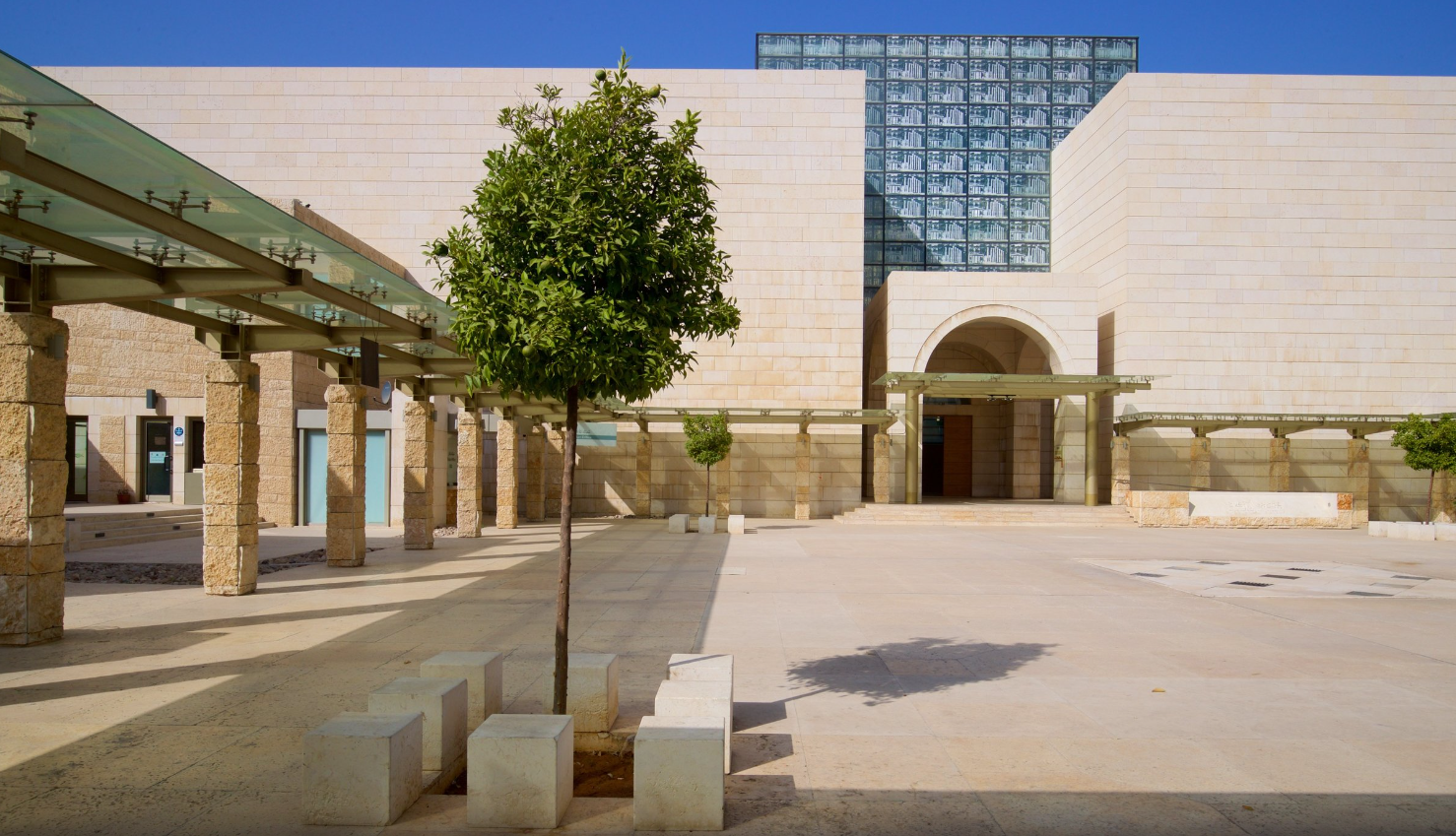
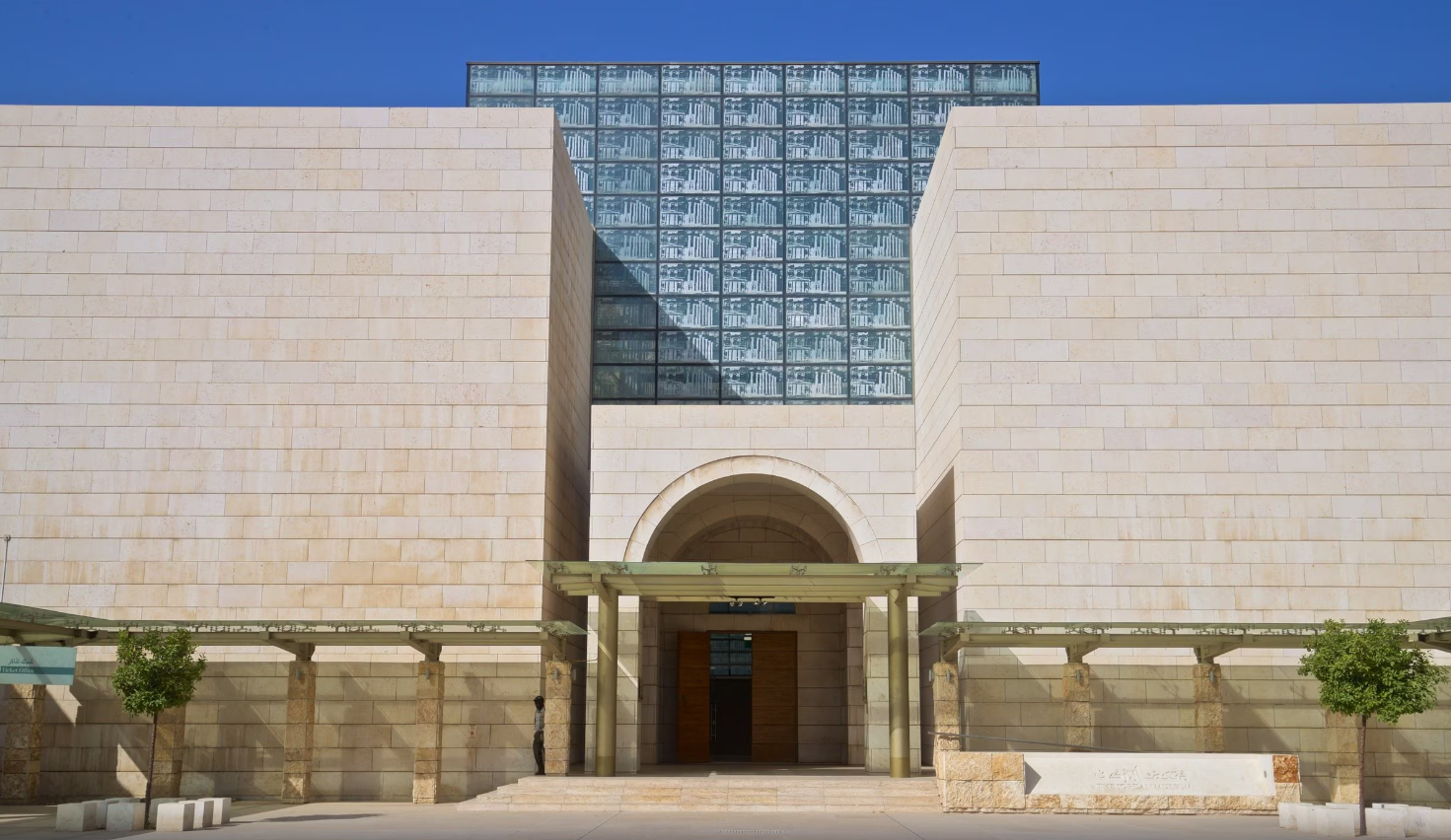

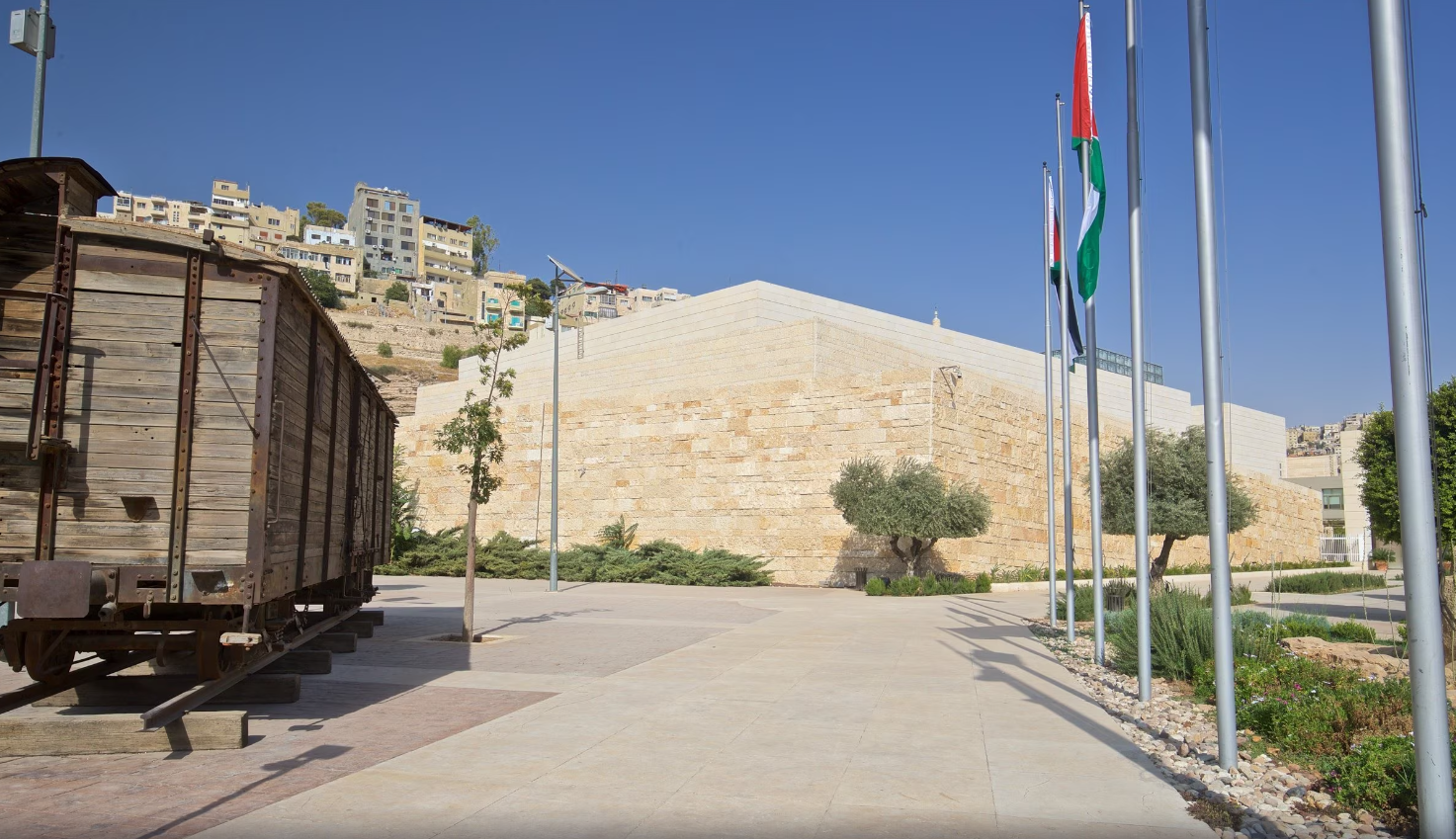
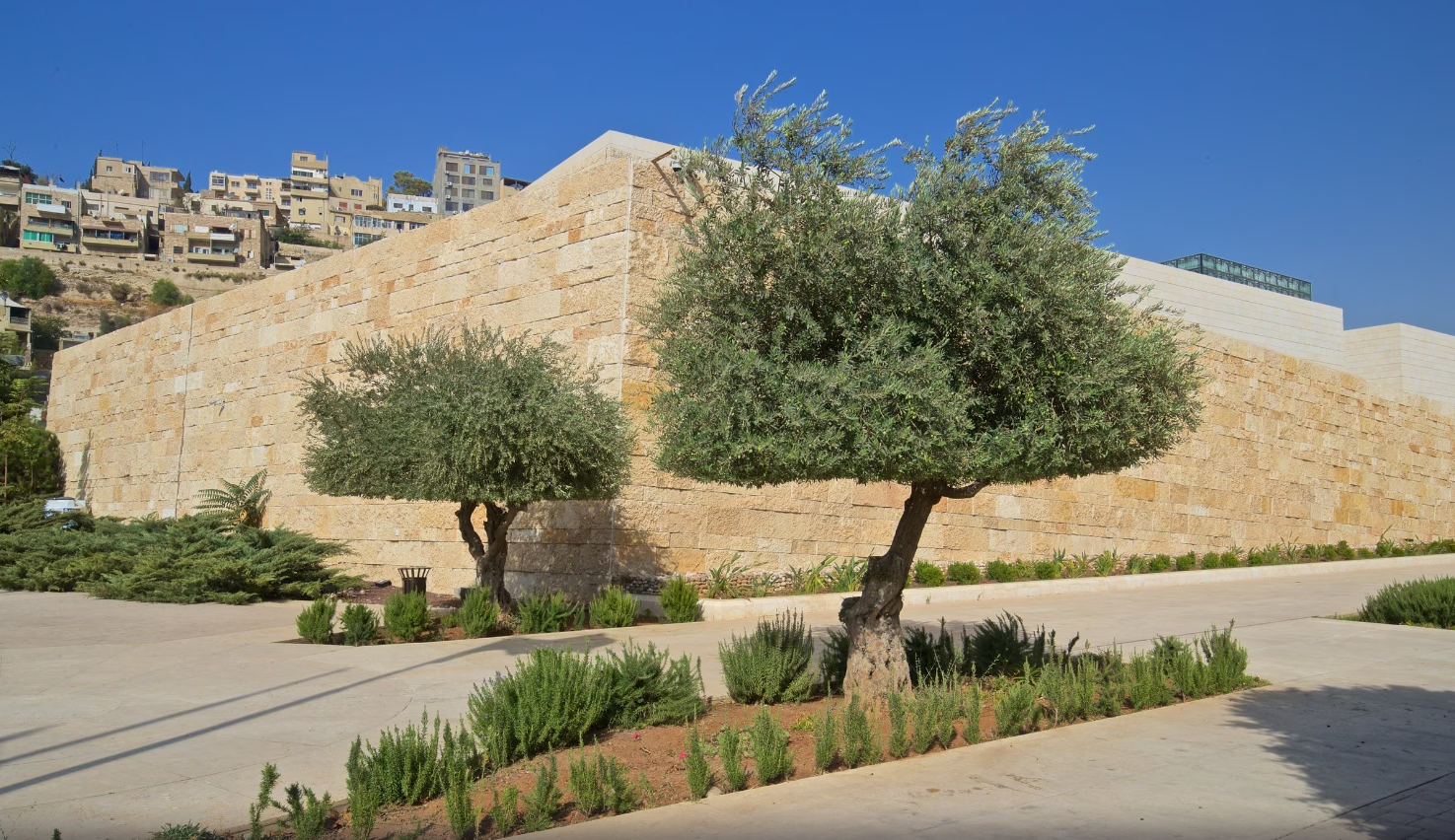

Ma’in Hot Springs, also known as Hammamat Ma’in or Ma’in Thermal Springs, is a renowned natural attraction in Jordan. These hot springs are known for their therapeutic properties and the stunning landscapes that surround them. Here’s an overview of Ma’in Hot Springs:
- Location: Ma’in Hot Springs are located in the mountainous region of southern Jordan, near the eastern shore of the Dead Sea. The hot springs are about 264 meters (866 feet) below sea level, making them one of the lowest natural hot spring locations in the world.
- Thermal Properties: The hot springs are fed by geothermal springs that contain mineral-rich, naturally heated water. The temperature of the water ranges from pleasantly warm to hot, depending on the specific spring. These thermal properties are believed to have therapeutic benefits for various health conditions.
- Natural Cascades: One of the most distinctive features of Ma’in Hot Springs is the series of cascading waterfalls created by the thermal waters as they flow down the mountainside. The waterfalls create a picturesque and serene atmosphere.
- Historical and Cultural Significance: Ma’in Hot Springs have been used for their healing properties for centuries. Historically, they were frequented by people seeking relief from various ailments, and the site holds cultural significance in Jordan.
- Modern Resorts: In recent years, Ma’in Hot Springs have been developed into a spa and wellness destination. Several luxury resorts and spa facilities have been built in the area to accommodate visitors seeking relaxation and therapeutic treatments.
- Spa and Wellness: Visitors can enjoy a range of spa treatments, including massages, mud wraps, and mineral baths. The natural mineral-rich mud and waters are believed to have healing and rejuvenating effects on the skin and body.
- Scenic Views: The surrounding landscapes of Ma’in Hot Springs are breathtaking, with rugged mountains, valleys, and desert terrain. The hot springs provide an oasis of greenery and natural beauty in the midst of the arid landscapes.
- Hiking and Nature Exploration: In addition to the hot springs, the area offers opportunities for hiking and nature exploration. There are hiking trails that lead to panoramic viewpoints, and the natural beauty of the region makes it a popular spot for photography.
- Accessibility: Ma’in Hot Springs are easily accessible by car from Amman, the Dead Sea, and the nearby town of Madaba. Day trips and overnight stays are popular options for visitors.
- Relaxation and Serenity: Whether you’re seeking therapeutic benefits, relaxation, or a connection with nature, Ma’in Hot Springs offer a tranquil and rejuvenating escape from the hustle and bustle of everyday life.
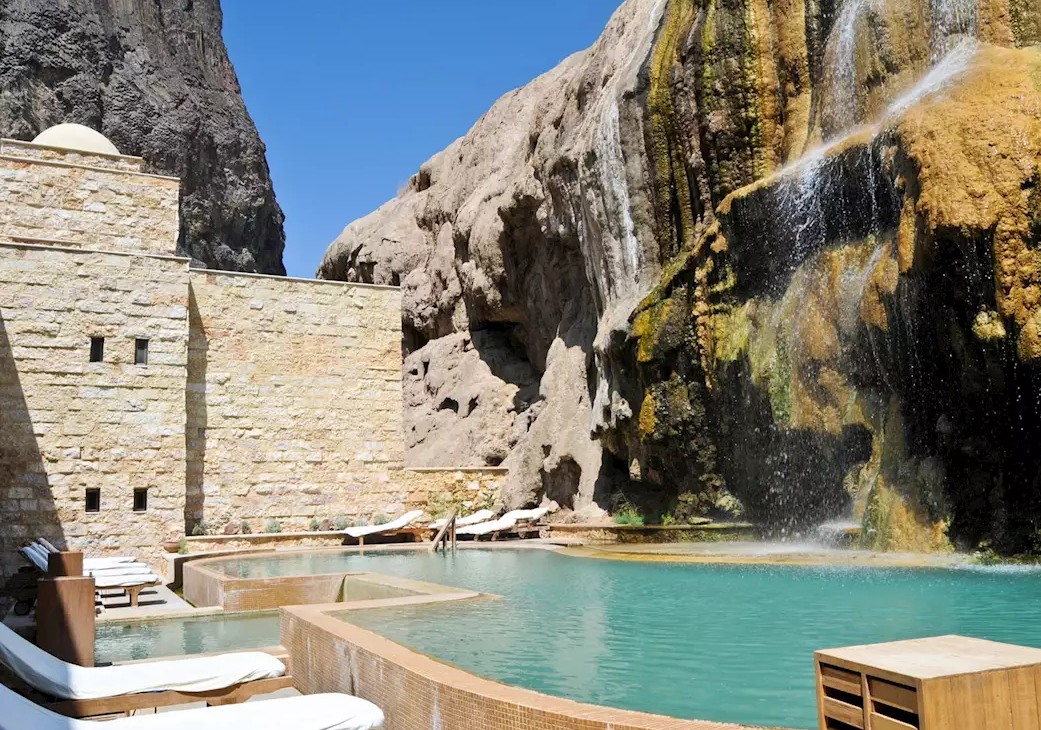
Ma’in Hot Springs

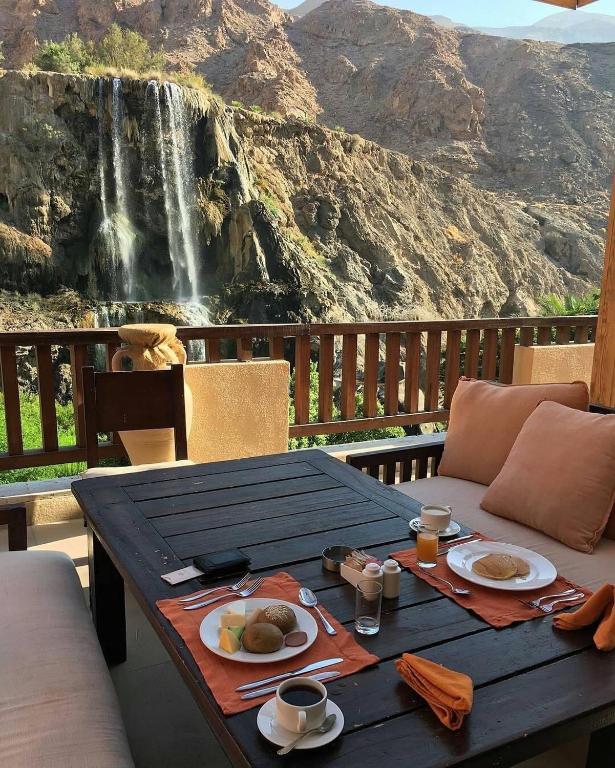


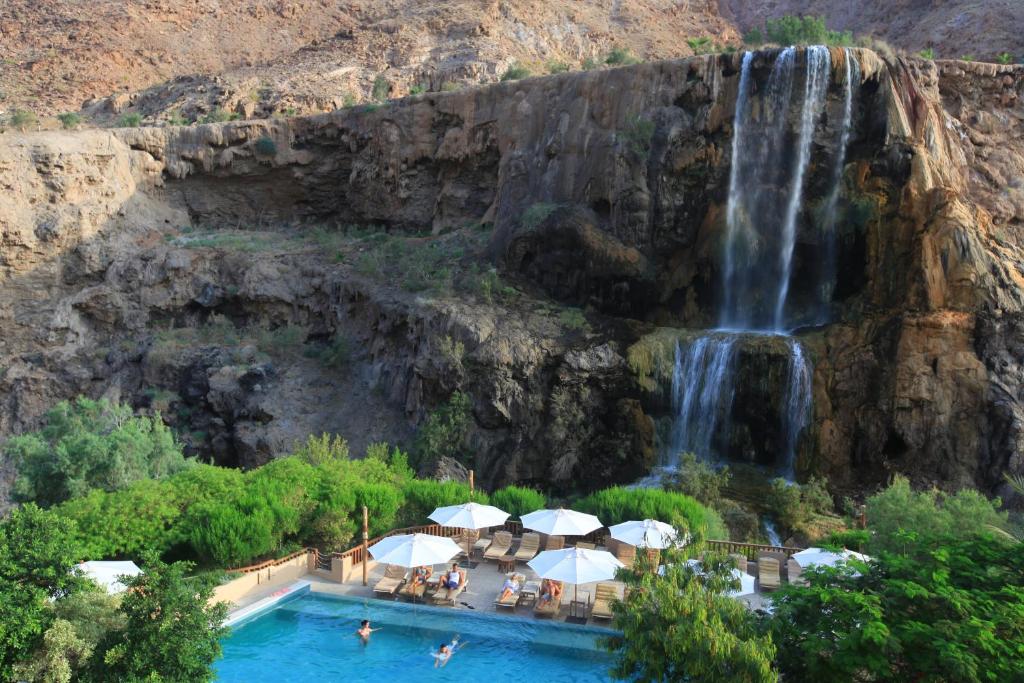

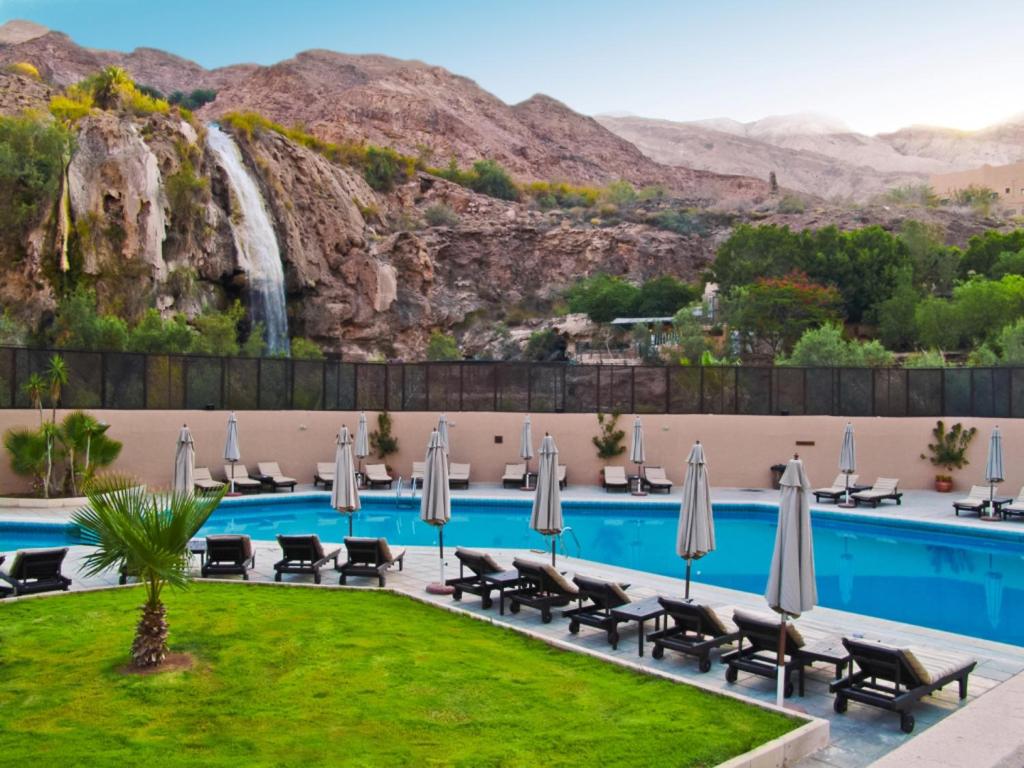
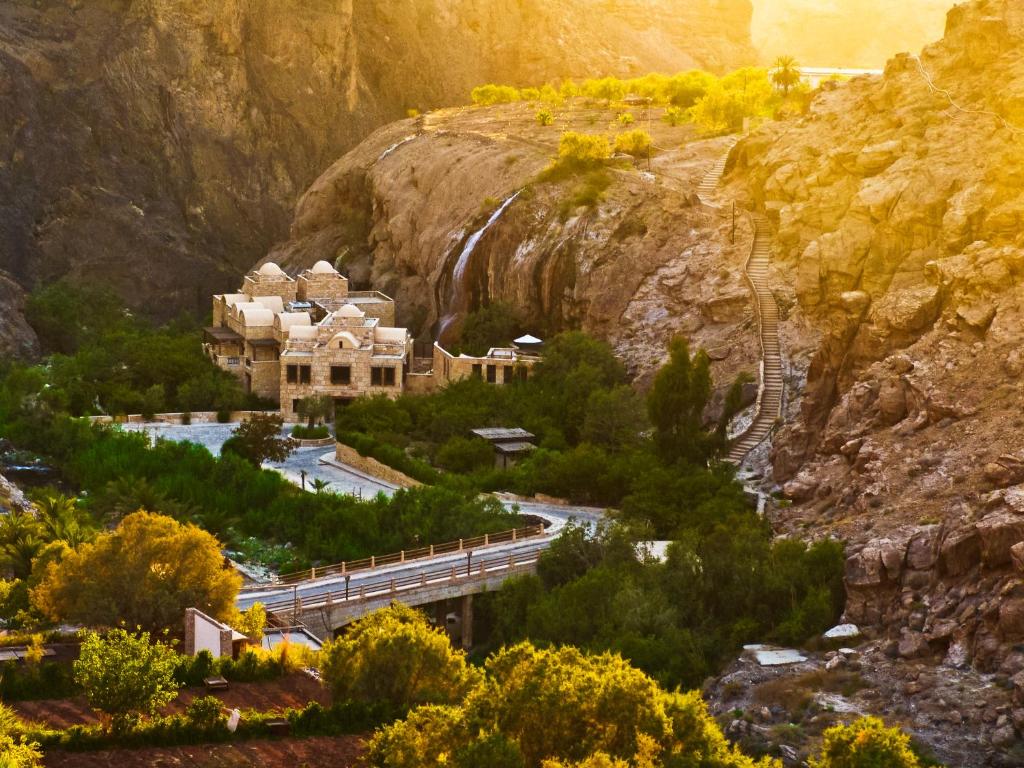
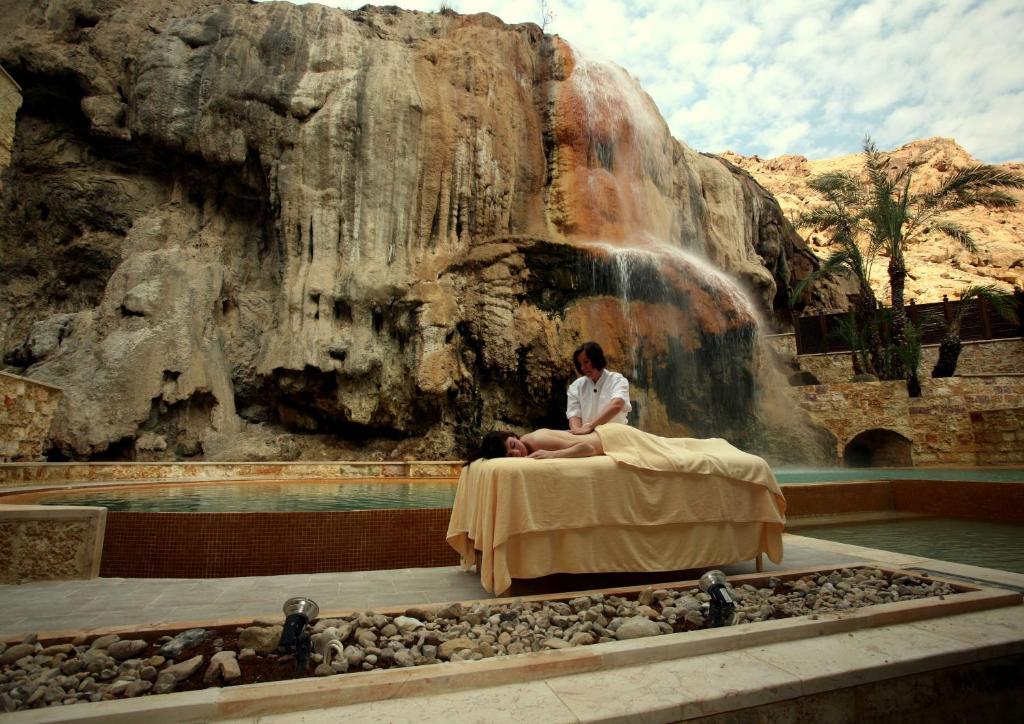
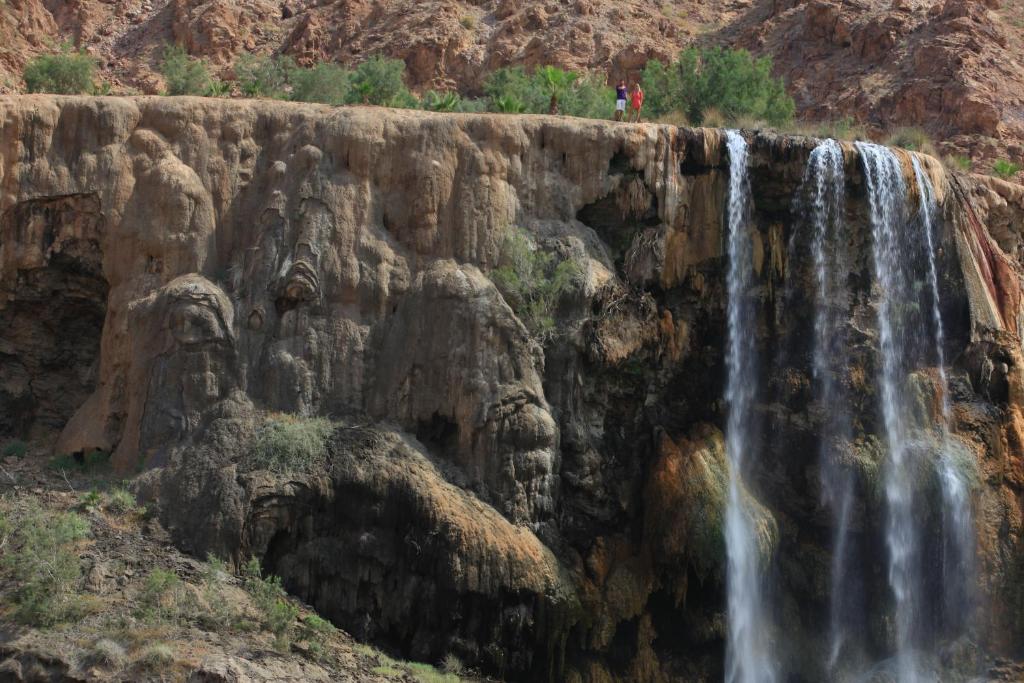
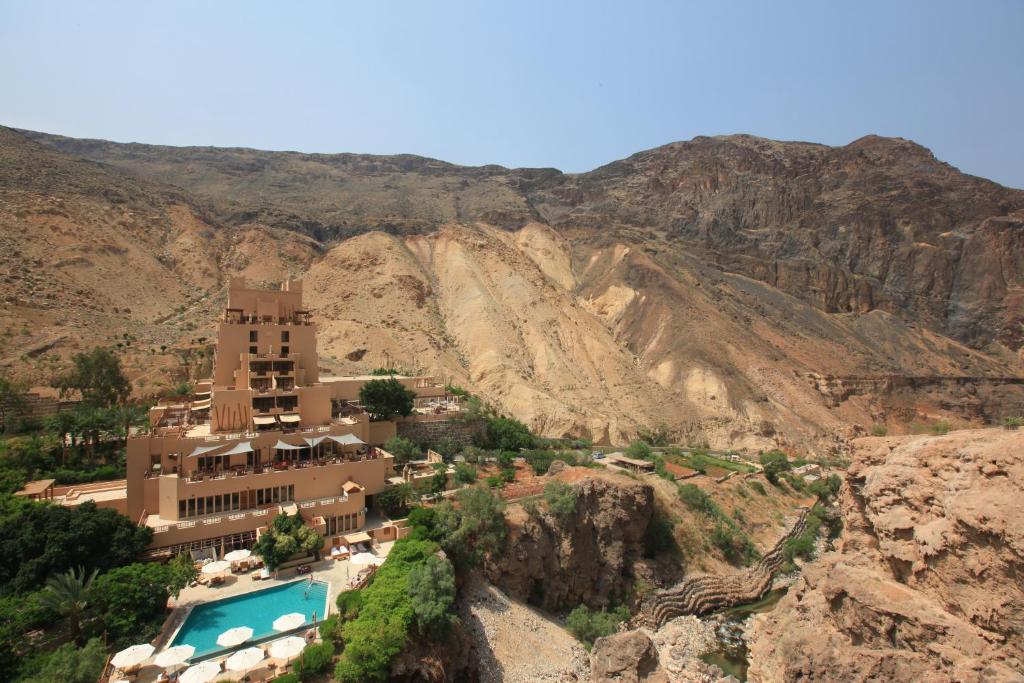
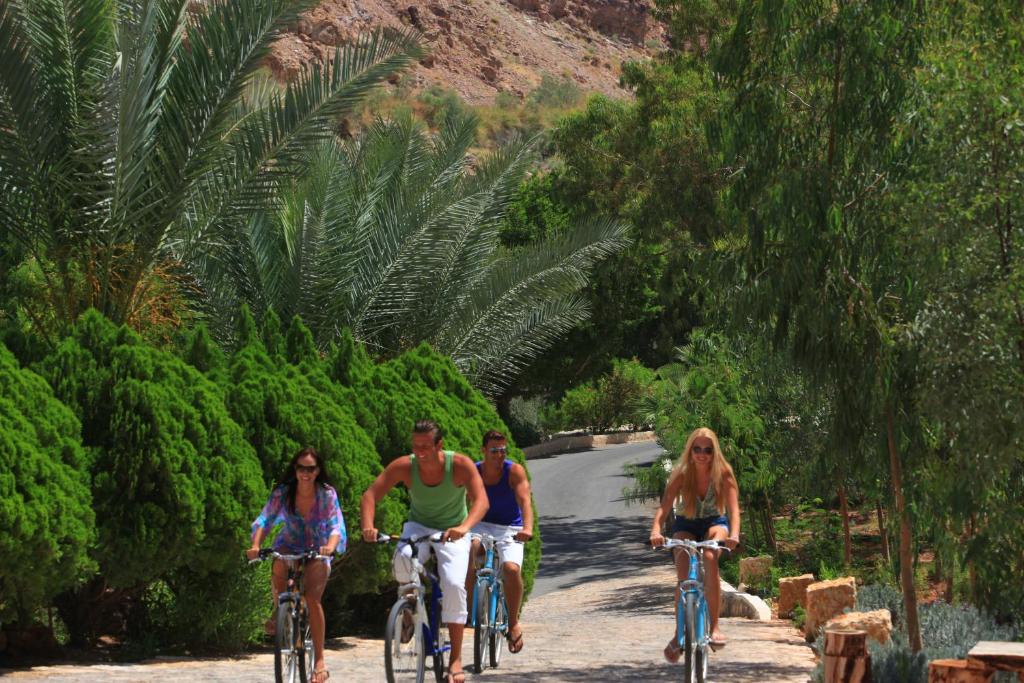
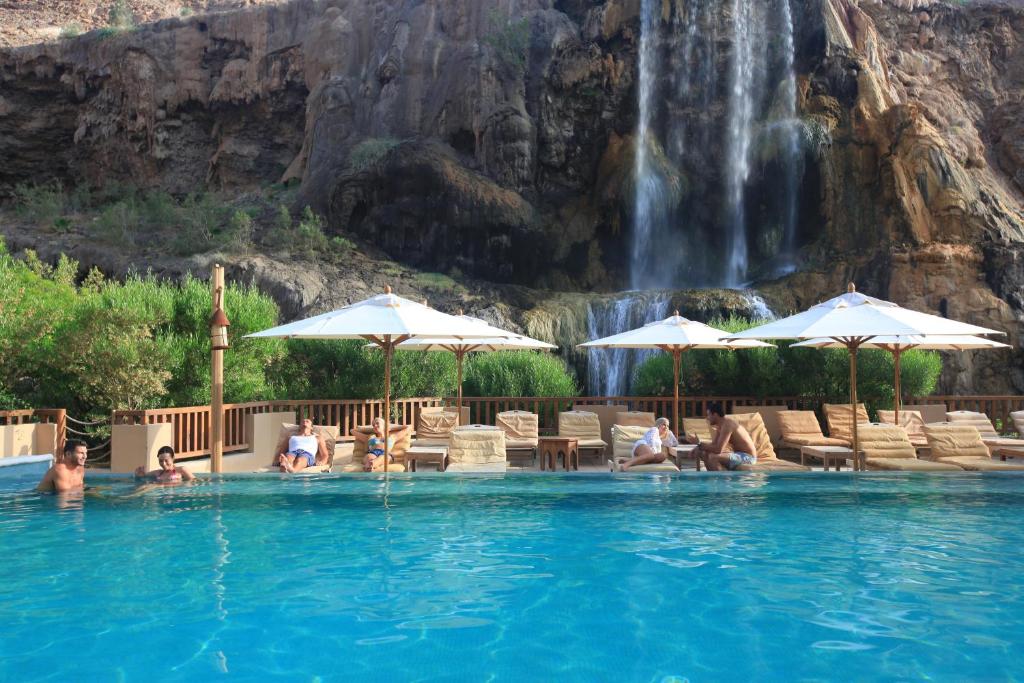

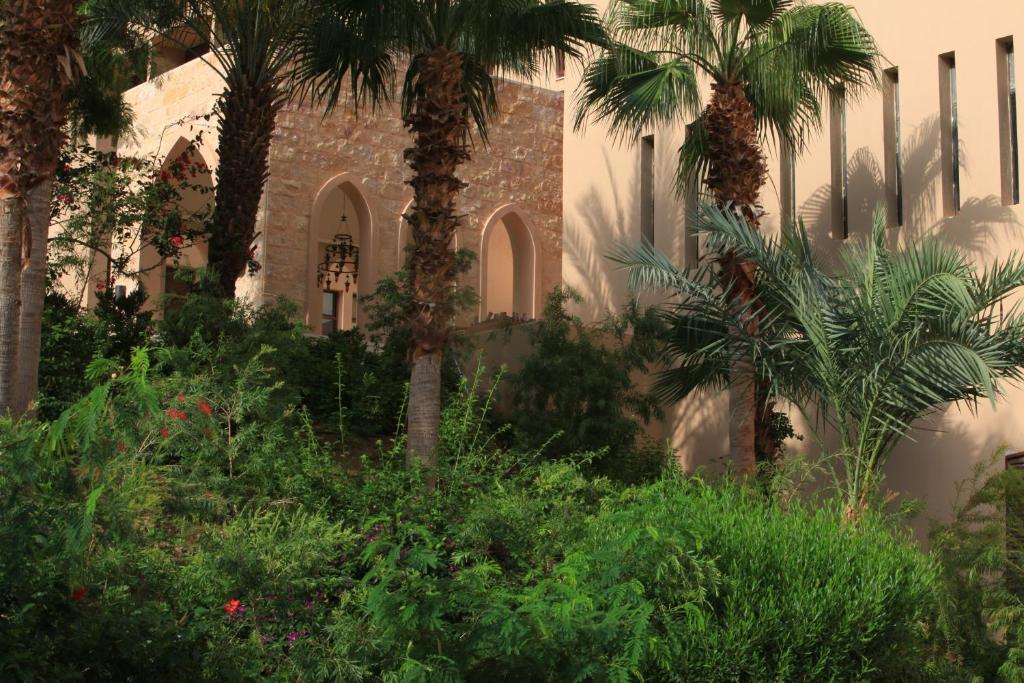
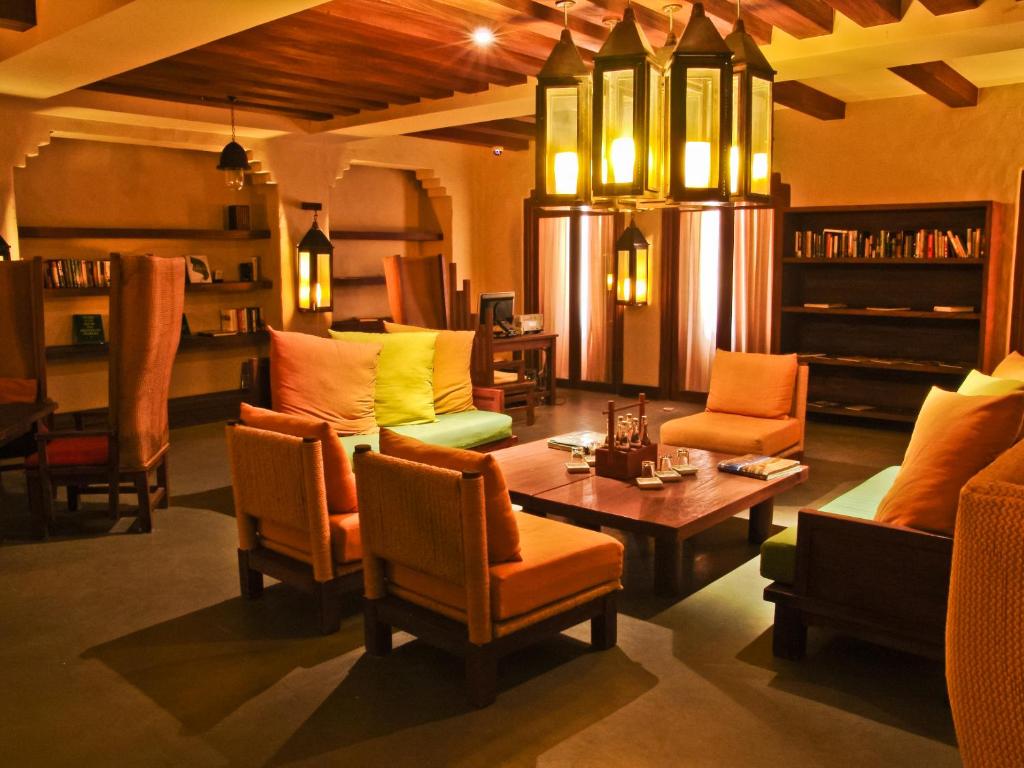
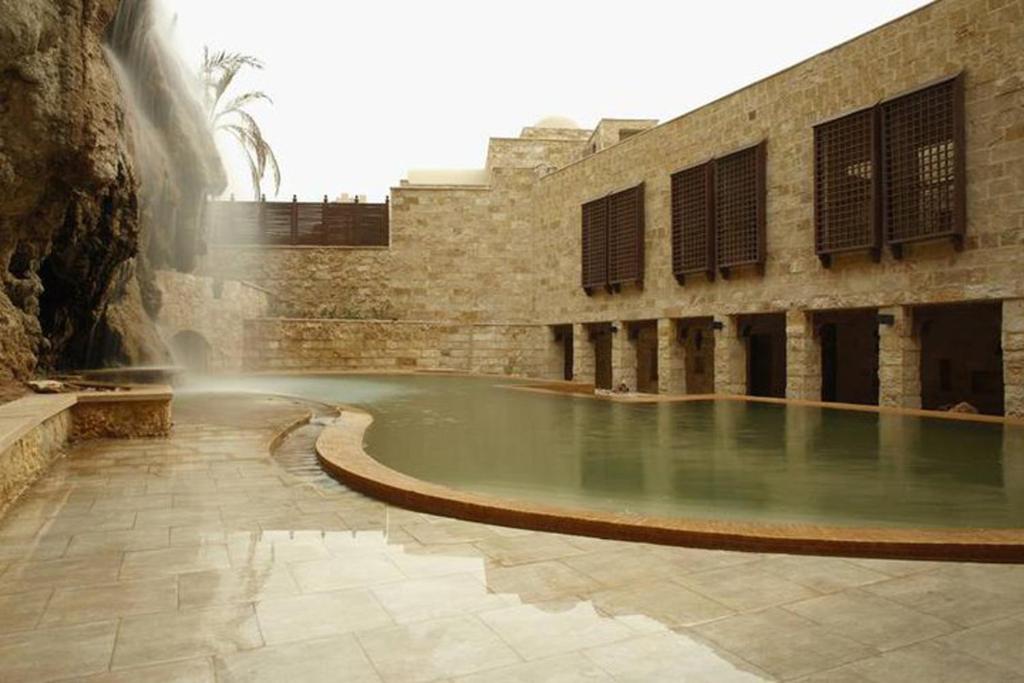

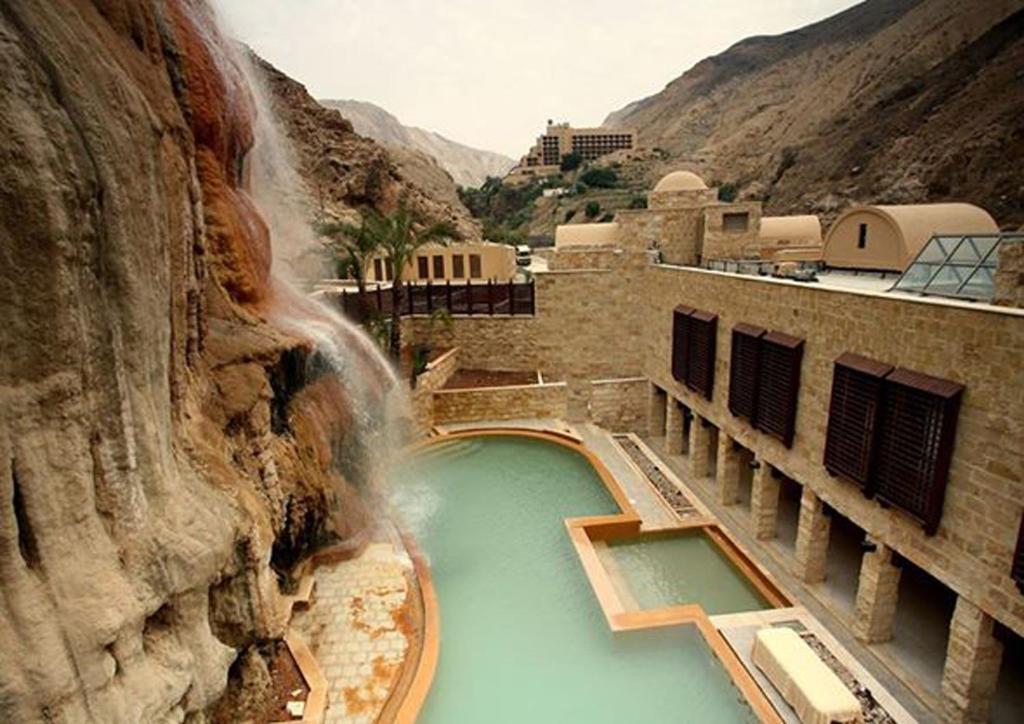
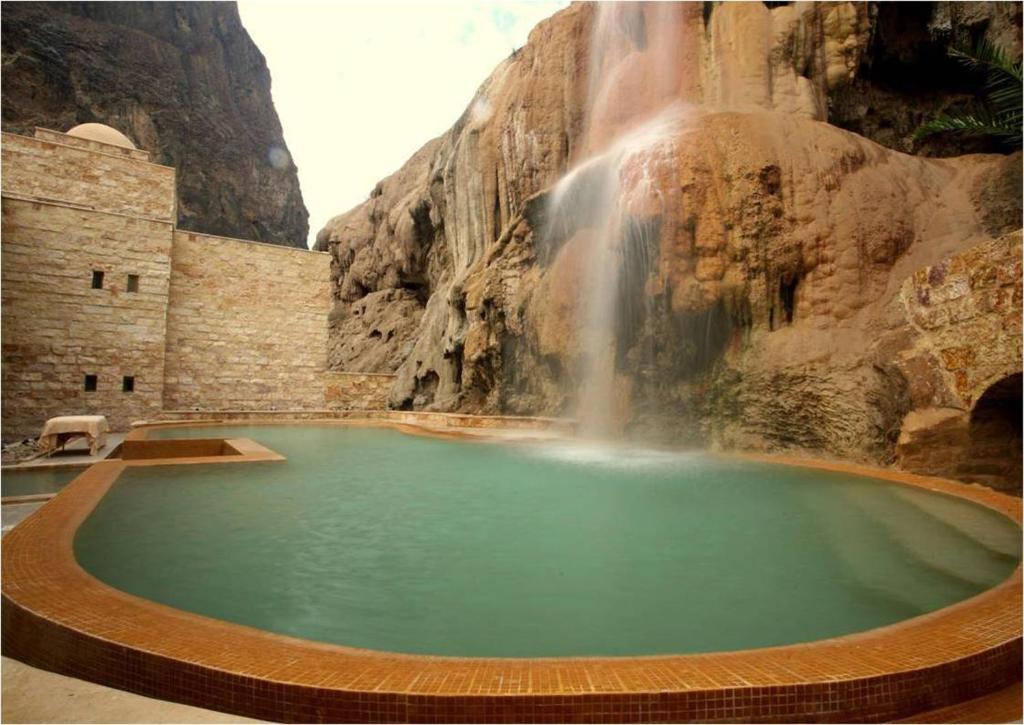
Ma’in Hot Springs provide a unique opportunity to enjoy the soothing and healing powers of natural hot springs while immersing yourself in the beautiful desert landscapes of Jordan. It’s a destination where wellness and nature converge to create a memorable and rejuvenating experience.
Jordan’s diverse attractions make it a captivating destination for history buffs, adventure seekers, and those looking for natural beauty and relaxation.

